From the battlefields of the American Civil War to the inspiring monuments that commemorate pioneers and visionaries, each state in the U.S. has its own unique contribution to the historical narrative. In this curated collection, we explore the most significant historical sites in each of the 50 states, from the iconic to the lesser-known, showcasing the cultural, social, and political heritage that defines the United States.
Alabama – Selma to Montgomery National Historic Trail
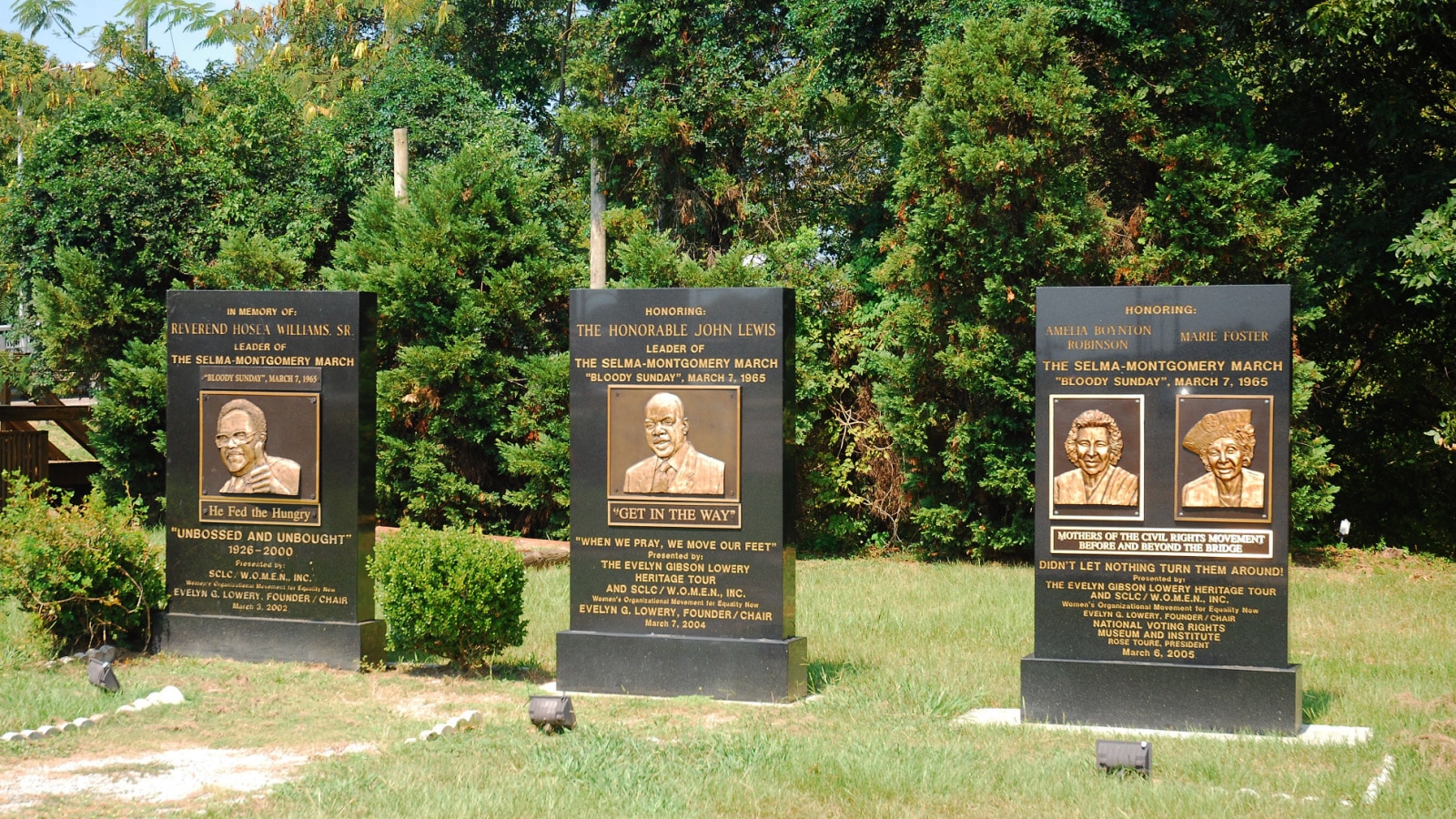
The Selma to Montgomery National Historic Trail is a significant historical route in the United States. It commemorates the events of the 1965 Voting Rights March from Selma to Montgomery, Alabama. This march was a pivotal moment in the Civil Rights Movement, and it contributed to the passage of the Voting Rights Act of 1965.
The trail is approximately 54 miles long and follows the path of the original march. Along the way, you can find various historic sites and markers that provide insight into the struggles for civil rights during that era. These include the Edmund Pettus Bridge, Brown Chapel AME Church, and the Alabama State Capitol, among others.
Alaska – Independence Mine State Historical Park
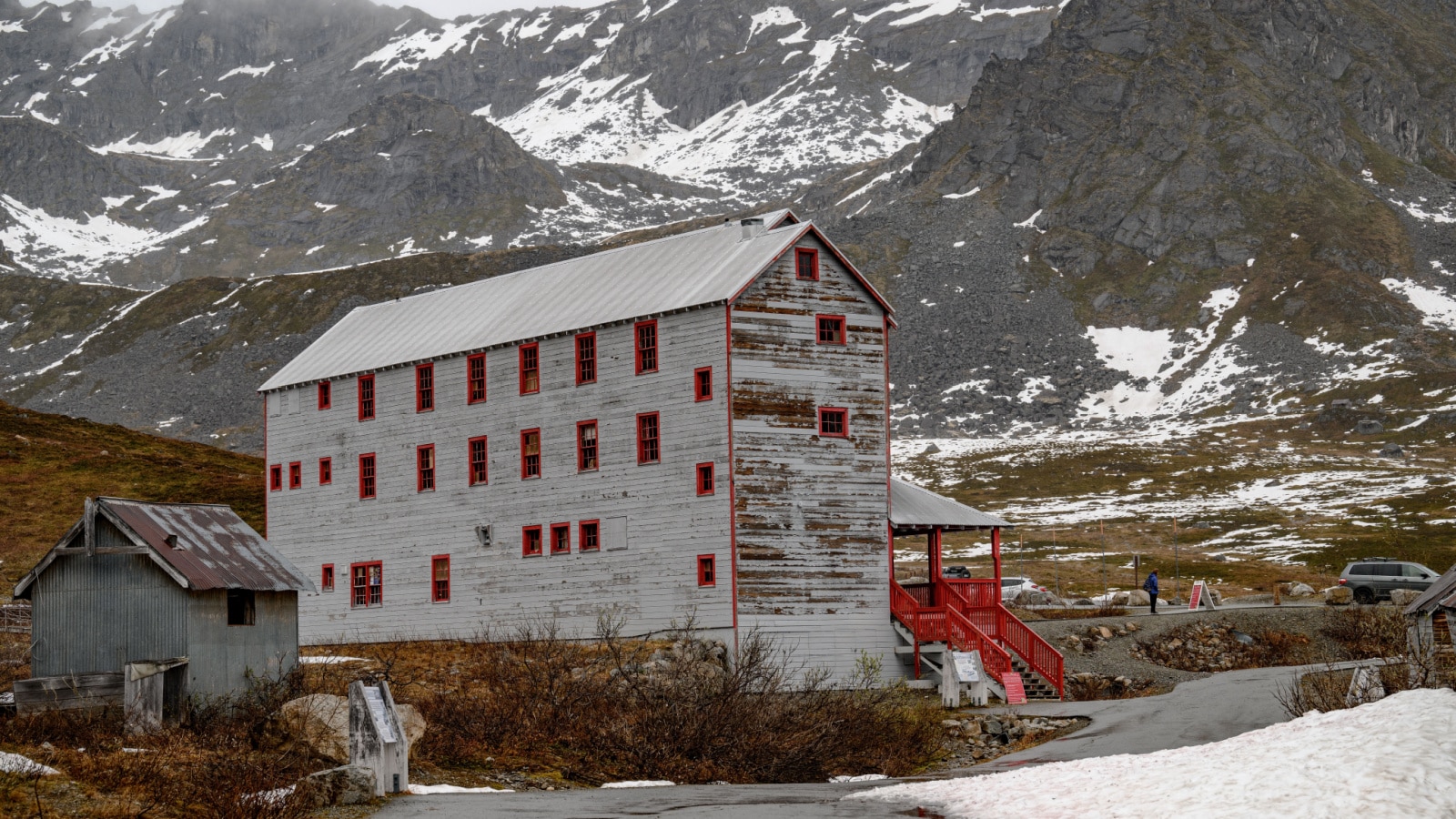
Alaska’s Independence Mine State Historical Park is a fascinating historical site located in Hatcher Pass, a mountain pass in the Talkeetna Mountains. Independence Mine was a working gold mine from the early 1900s until World War II. It played a significant role in the history of Alaska’s gold mining industry. Visitors to the park can explore the historic mining buildings, learn about the mining history, and enjoy the stunning mountain scenery. Hiking and picnicking are popular activities in the area. There are also guided tours available during the summer months.
Arizona – Montezuma Castle National Monument
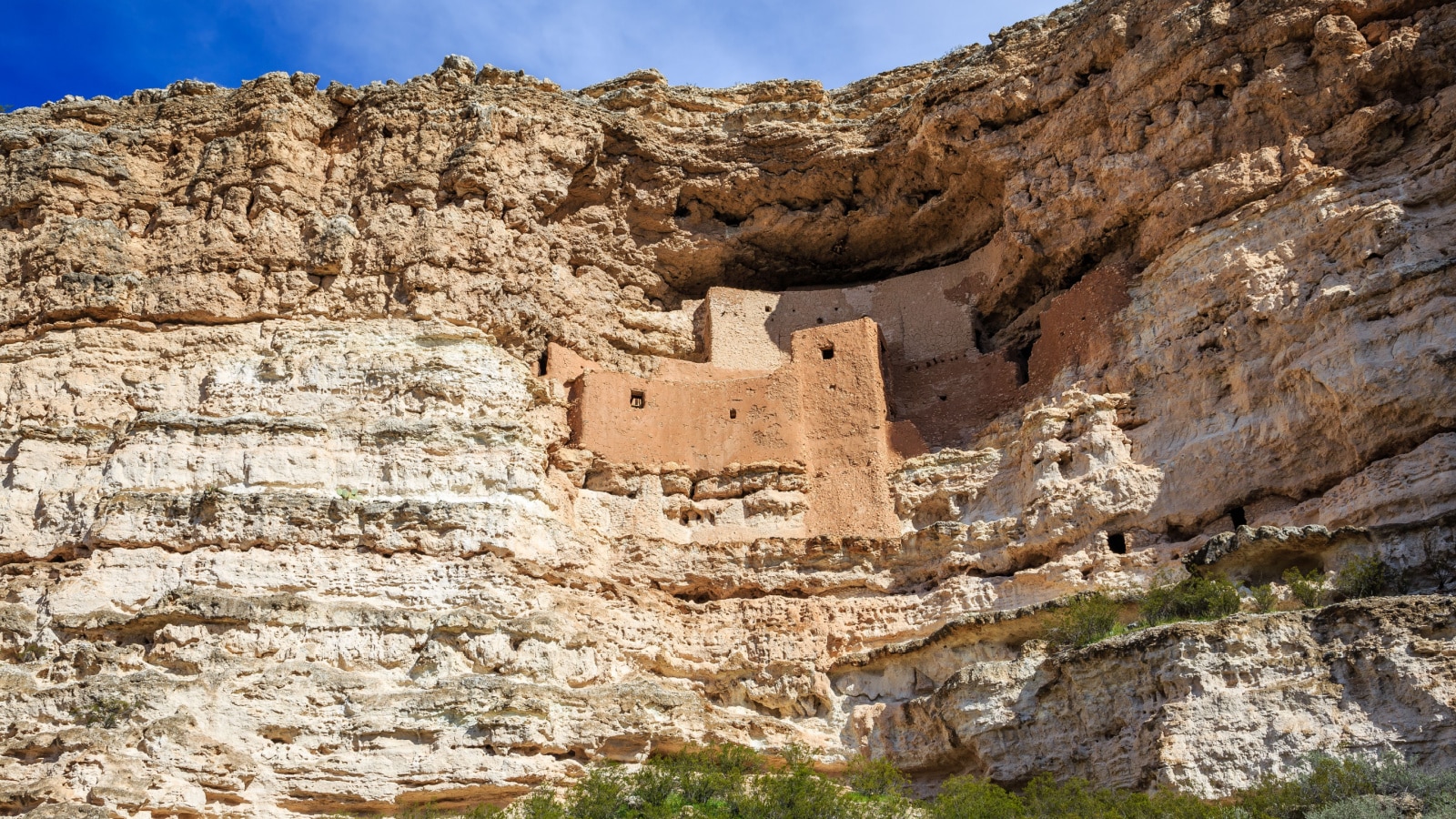
This well-preserved ancient cliff dwelling, located near Camp Verde, showcases the architectural and engineering achievements of the Sinagua people who inhabited the region over 600 years ago. The cliff dwelling is an impressive five-story structure built into a limestone cliff, and it offers valuable insights into the history and culture of the indigenous people who once called this area home.
Arkansas – Little Rock Central High School National Historic Site
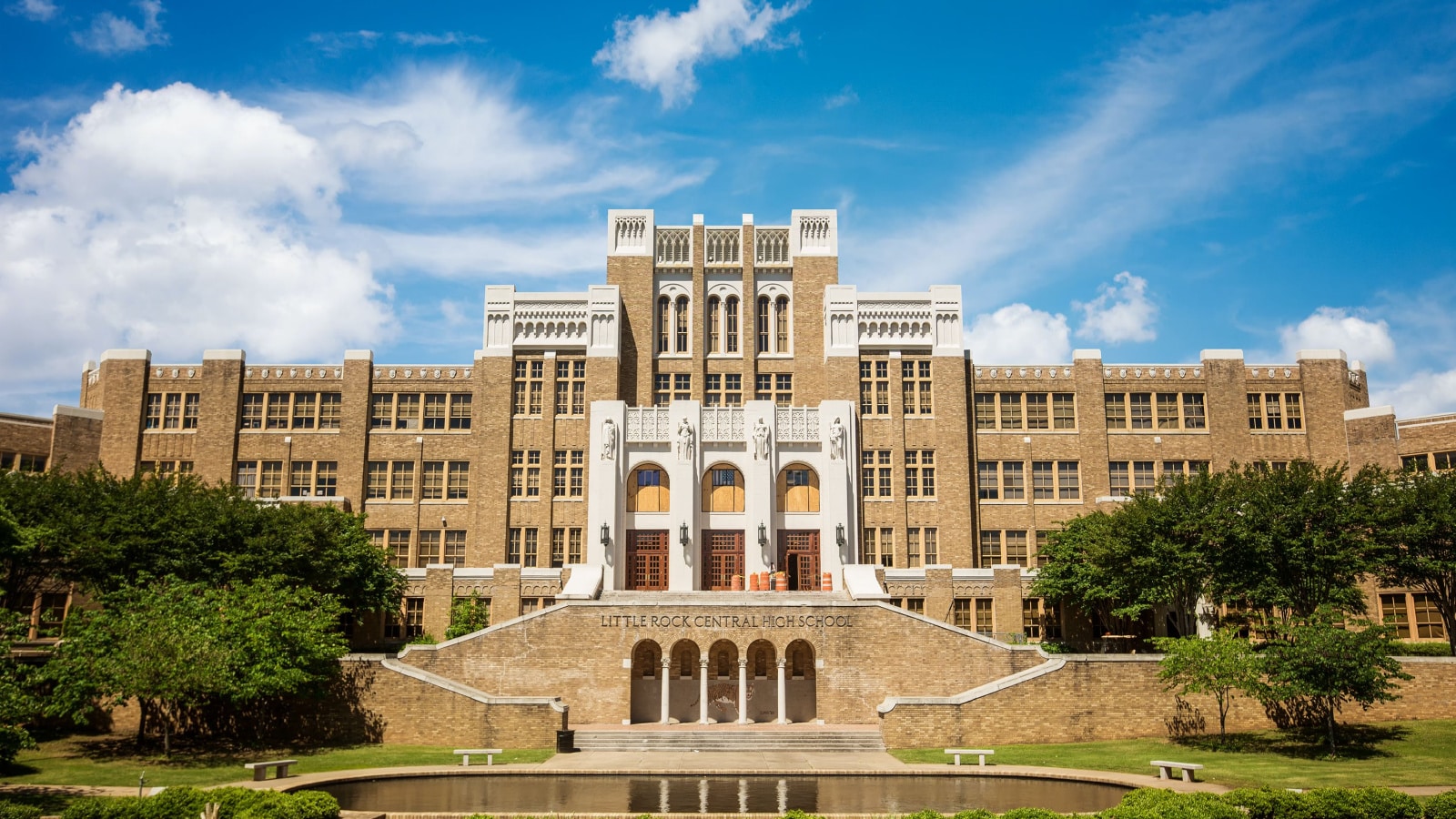
This site commemorates the desegregation crisis of 1957 when nine African American students enrolled in the previously all-white Central High School in Little Rock. It was a pivotal moment in the Civil Rights Movement. Visiting the Little Rock Central High School National Historic Site is a powerful way to learn about the Civil Rights Movement and the ongoing struggle for equality and justice in the United States. It’s a significant part of American history, and it offers valuable educational opportunities for visitors of all ages.
California – Alcatraz Island
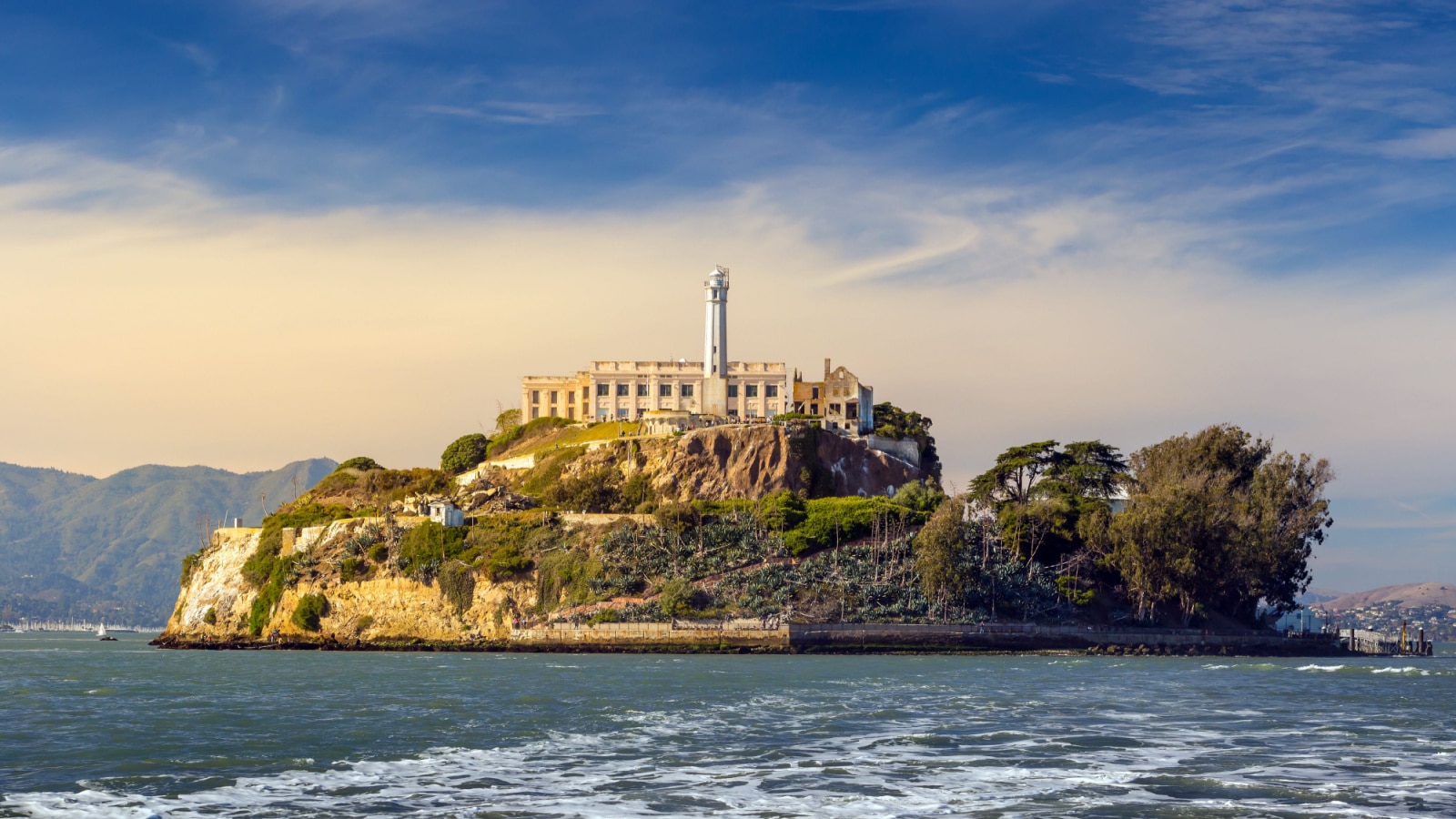
Alcatraz Island in San Francisco is a former federal prison that has a rich history and a visit there offers insights into the criminal justice system in the United States. Additionally, it played a part in the Native American rights movement when it was occupied by activists in the late 1960s.
Colorado – Mesa Verde National Park
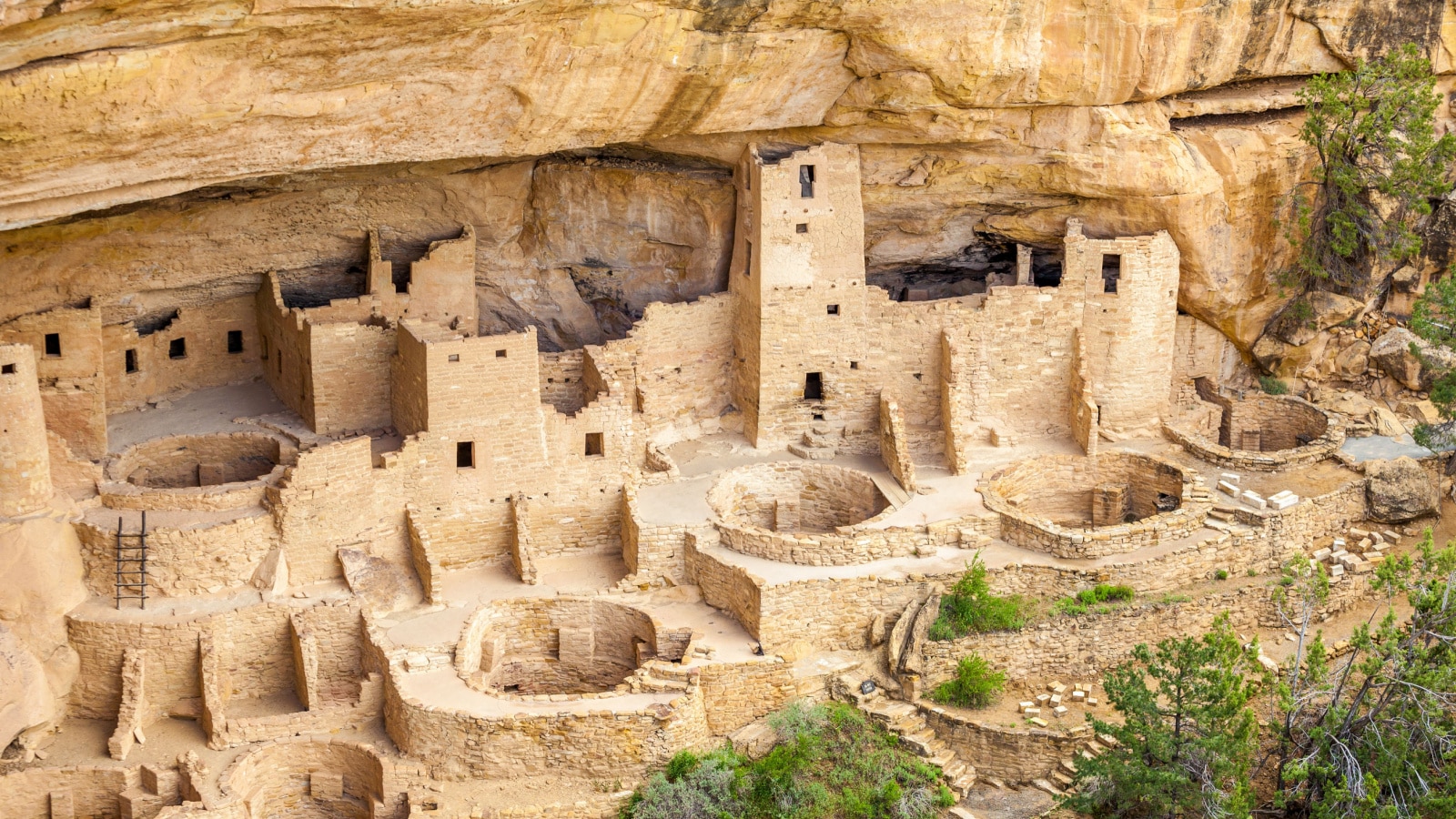
Mesa Verde National Park is renowned for its well-preserved Ancestral Puebloan cliff dwellings, which were inhabited by Native American communities for over 700 years, from around 600 to 1300 AD. Some of the famous cliff dwellings in the park include Cliff Palace, Balcony House, and Spruce Tree House. These structures provide a unique glimpse into the architecture and lifestyle of the ancient Puebloans.
Connecticut – Mark Twain House and Museum
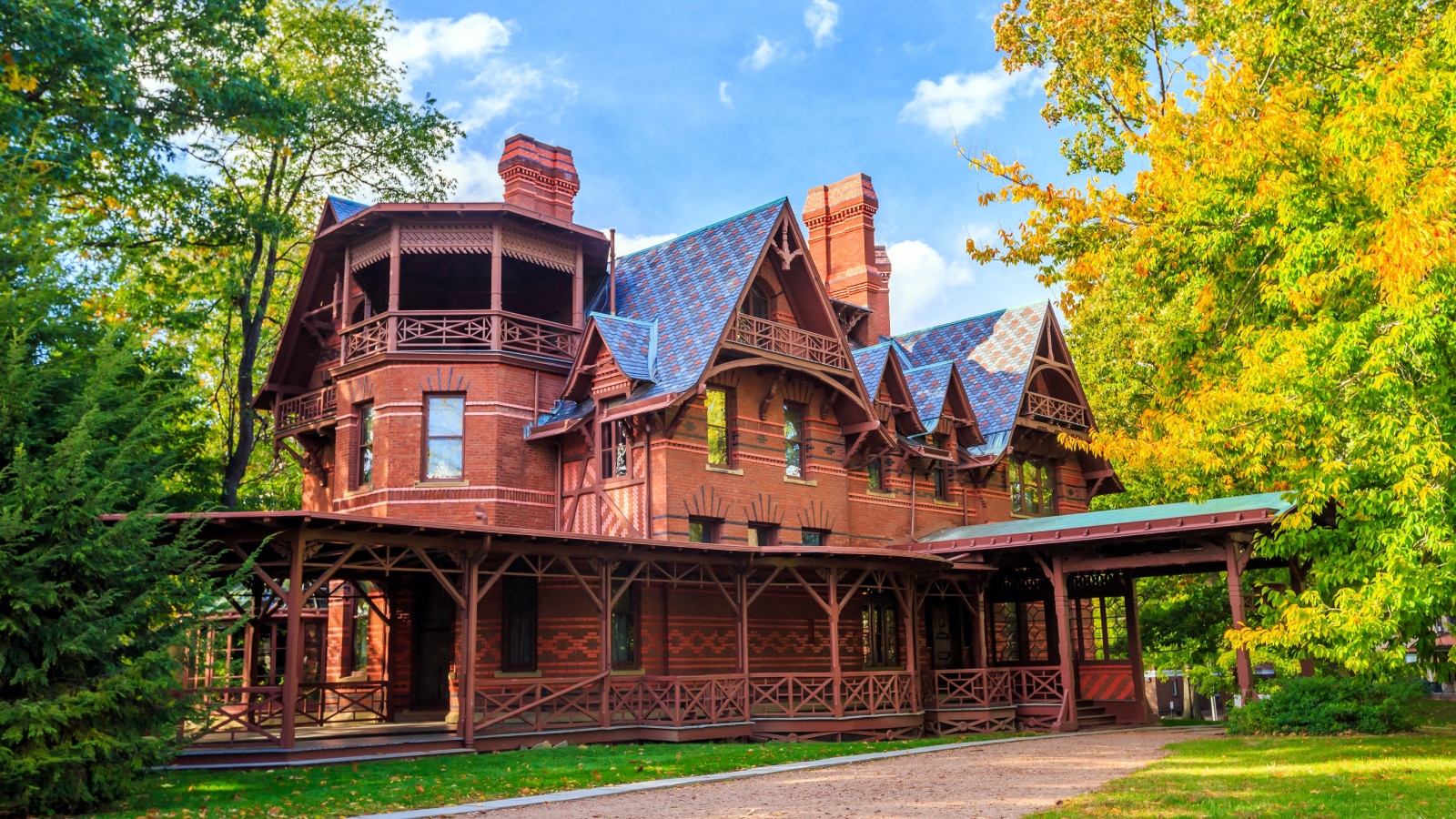
The Mark Twain House and Museum is a historical landmark located in Hartford, Connecticut. It was the former home of the famous American author, Mark Twain, also known as Samuel Clemens, and his family. The house is a beautiful example of Victorian Gothic architecture and is where Twain wrote some of his most famous works, including “The Adventures of Tom Sawyer” and “Adventures of Huckleberry Finn.”
The Mark Twain House and Museum offers guided tours that allow visitors to explore the author’s former residence, which is filled with original furnishings, artifacts, and memorabilia from his life. The museum also hosts various exhibits related to Mark Twain’s life and works, as well as special events and educational programs.
Delaware – First State National Historical Park
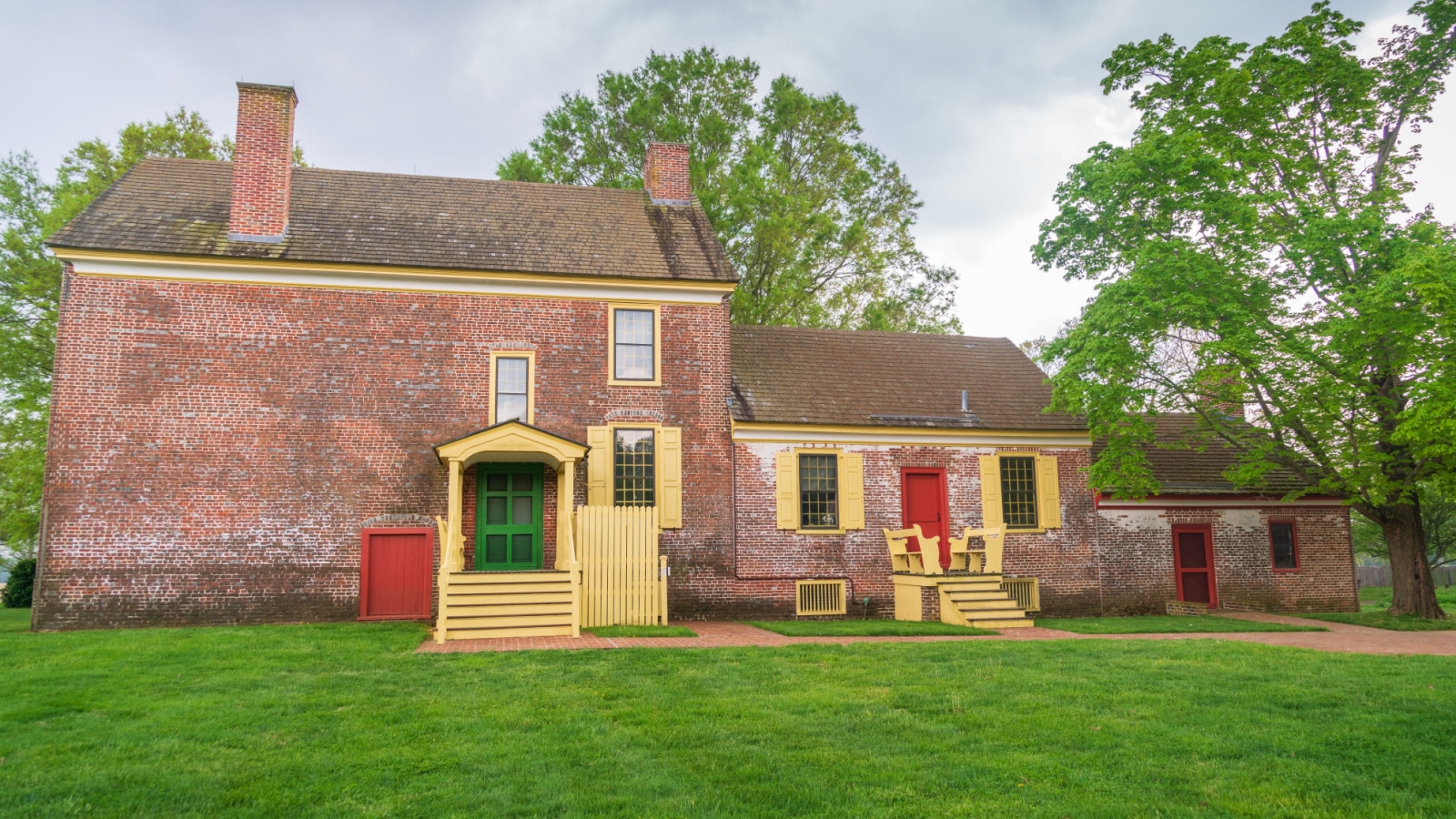
Delaware is known as “The First State” because it was the first to ratify the U.S. Constitution. This park preserves sites related to Delaware’s role in the formation of the nation. The park’s primary focus is on sites and resources related to early American history, including the American Revolution and the founding of the United States.
Florida – Castillo de San Marcos
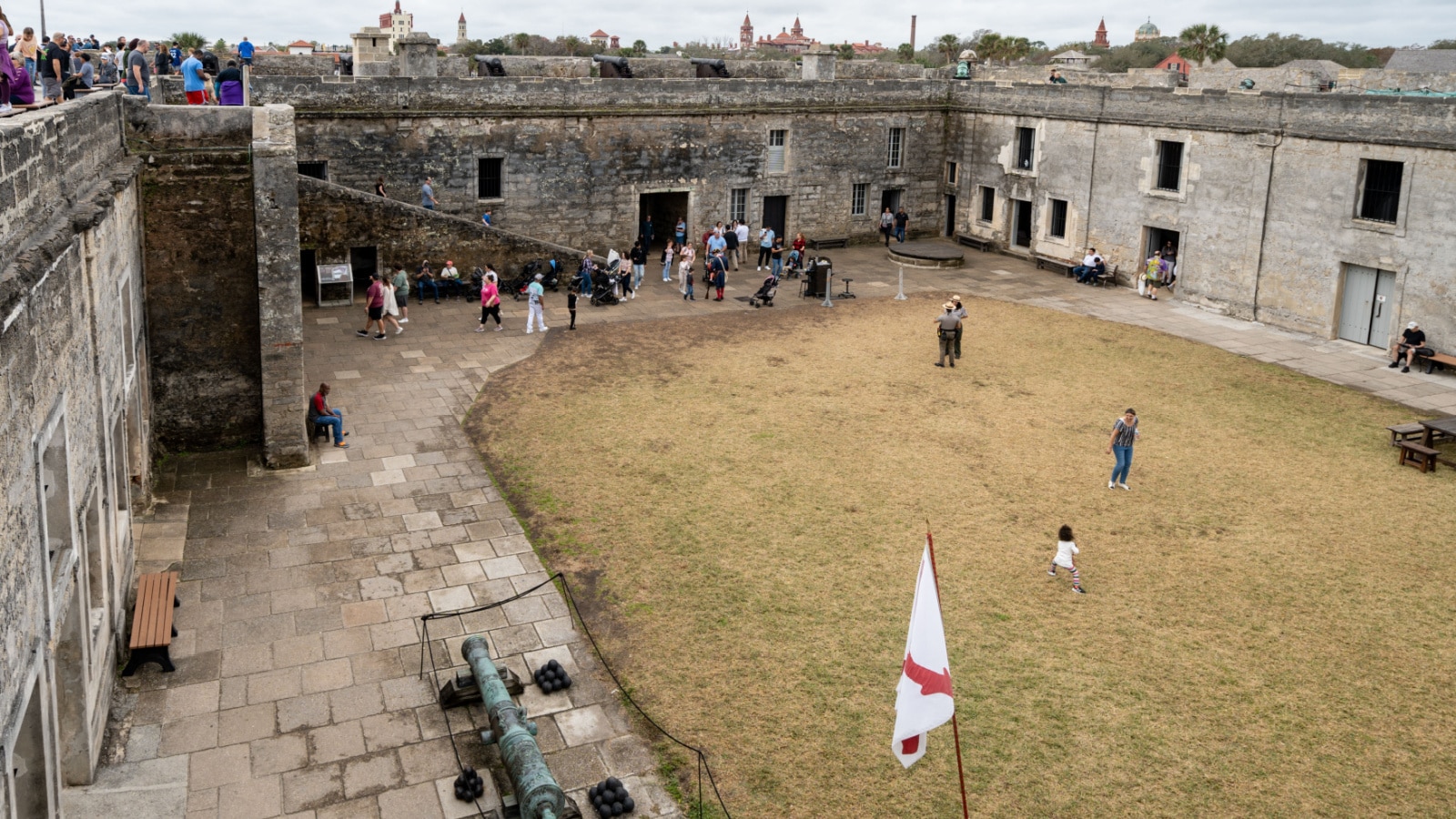
The Castillo de San Marcos is the oldest masonry fort in the continental United States. It was constructed by the Spanish between 1672 and 1695 to protect the city of St. Augustine and Spanish interests in the region.
The fort is a prime example of the “bastion system” of fortification, which features a star-shaped design with angular, projecting bastions at each corner. It is constructed from coquina, a type of sedimentary rock composed of compressed shells, which gives it its distinct appearance.
Georgia – Martin Luther King Jr. National Historic Site
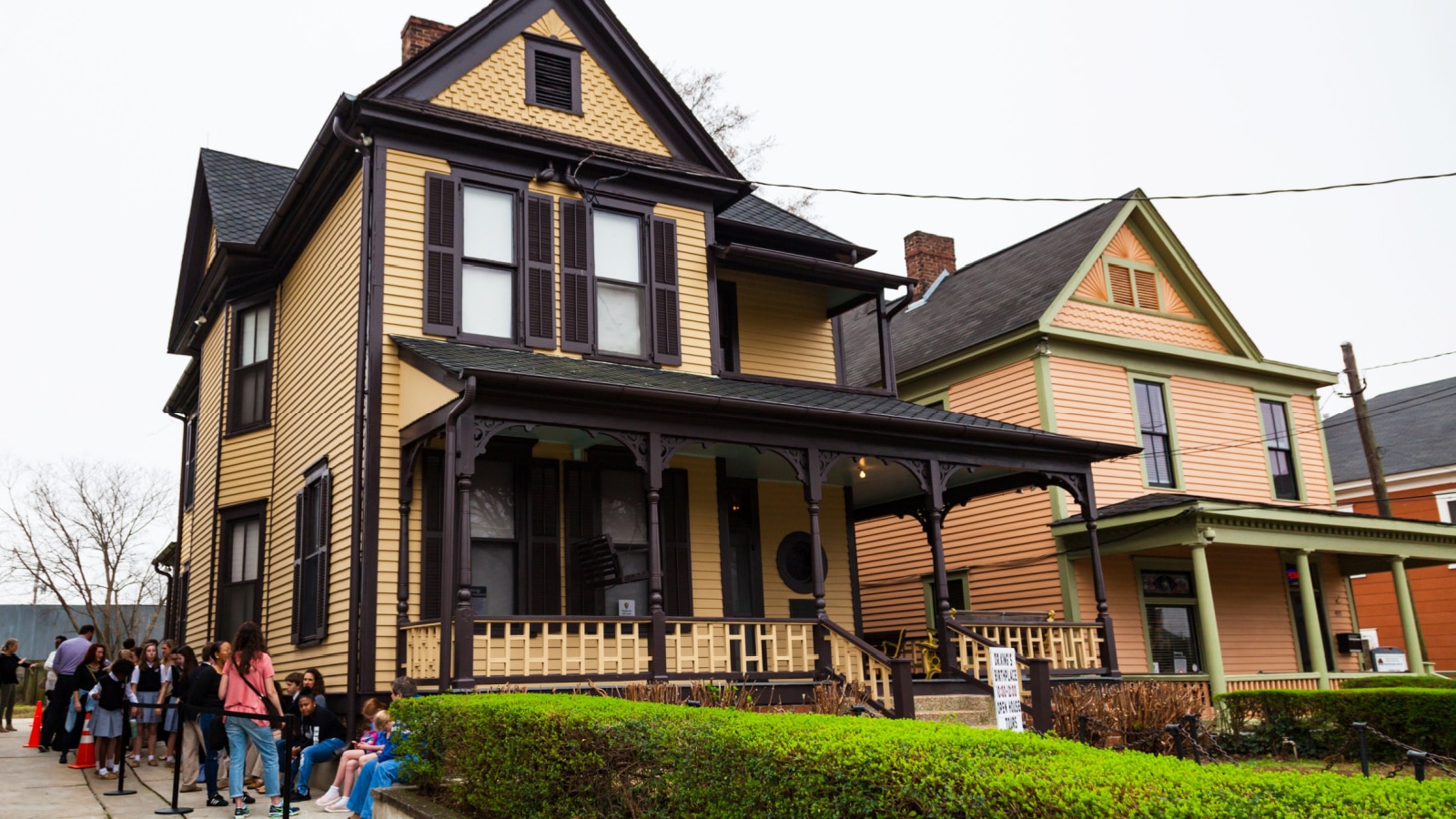
The Martin Luther King Jr. National Historic Site is located in Atlanta, Georgia. It’s a collection of several sites that commemorate the life and work of civil rights leader Martin Luther King Jr. It includes the birthplace, church, and tomb of Dr. Martin Luther King Jr. and is a key location in the Civil Rights Movement and a place of remembrance and education.
Hawaii – Pearl Harbor National Memorial
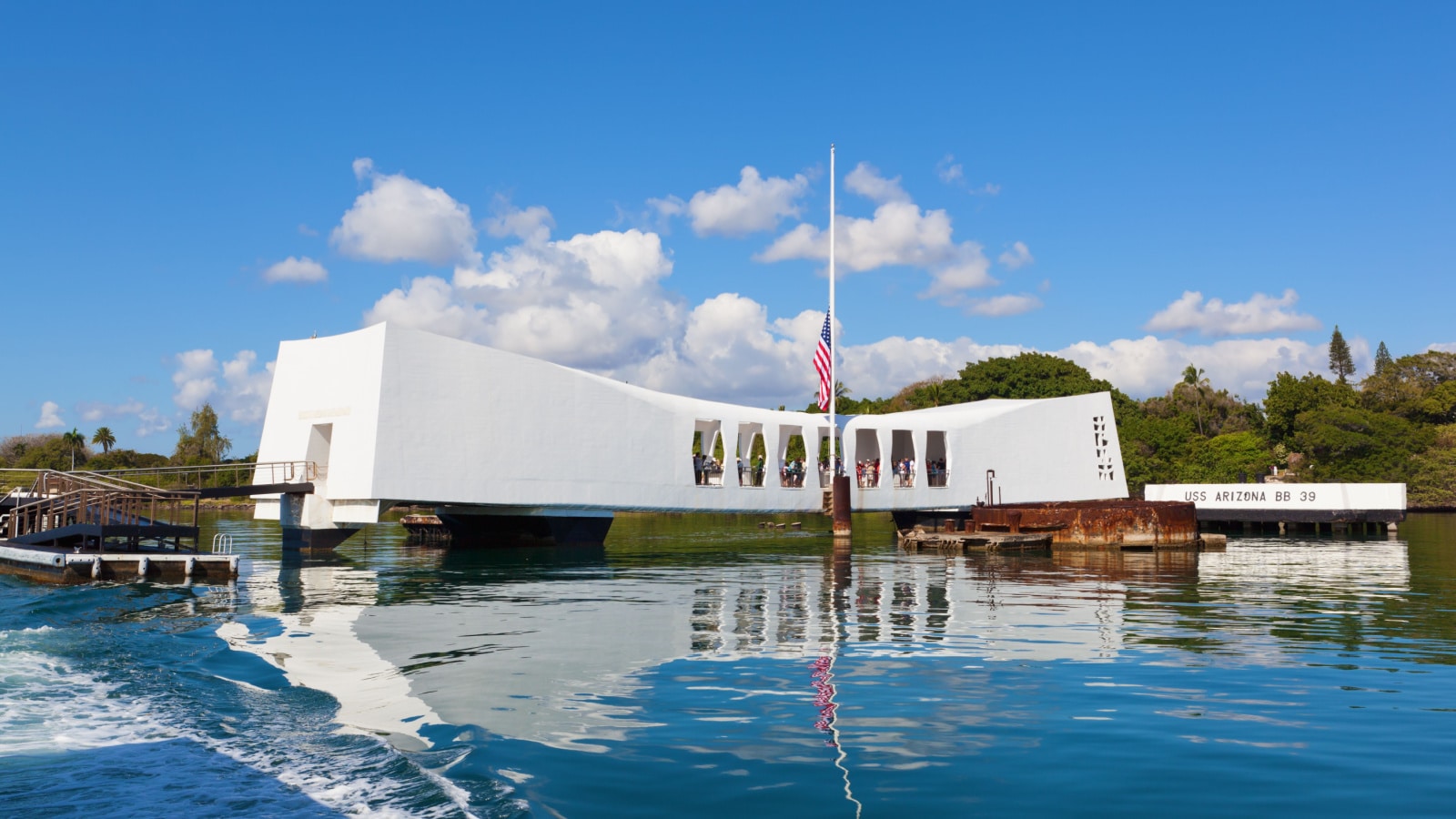
Hawaii’s Pearl Harbor National Memorial is a significant historical site located in Honolulu, Hawaii. It commemorates the infamous attack on Pearl Harbor by the Japanese on December 7, 1941, which marked the United States’ entry into World War II. The most famous part of the memorial is the USS Arizona Memorial, which spans the sunken battleship USS Arizona. Visitors can take a boat ride to the memorial and pay their respects to the more than 1,100 servicemen who lost their lives aboard the ship.
Idaho – Lewis and Clark Expedition Route
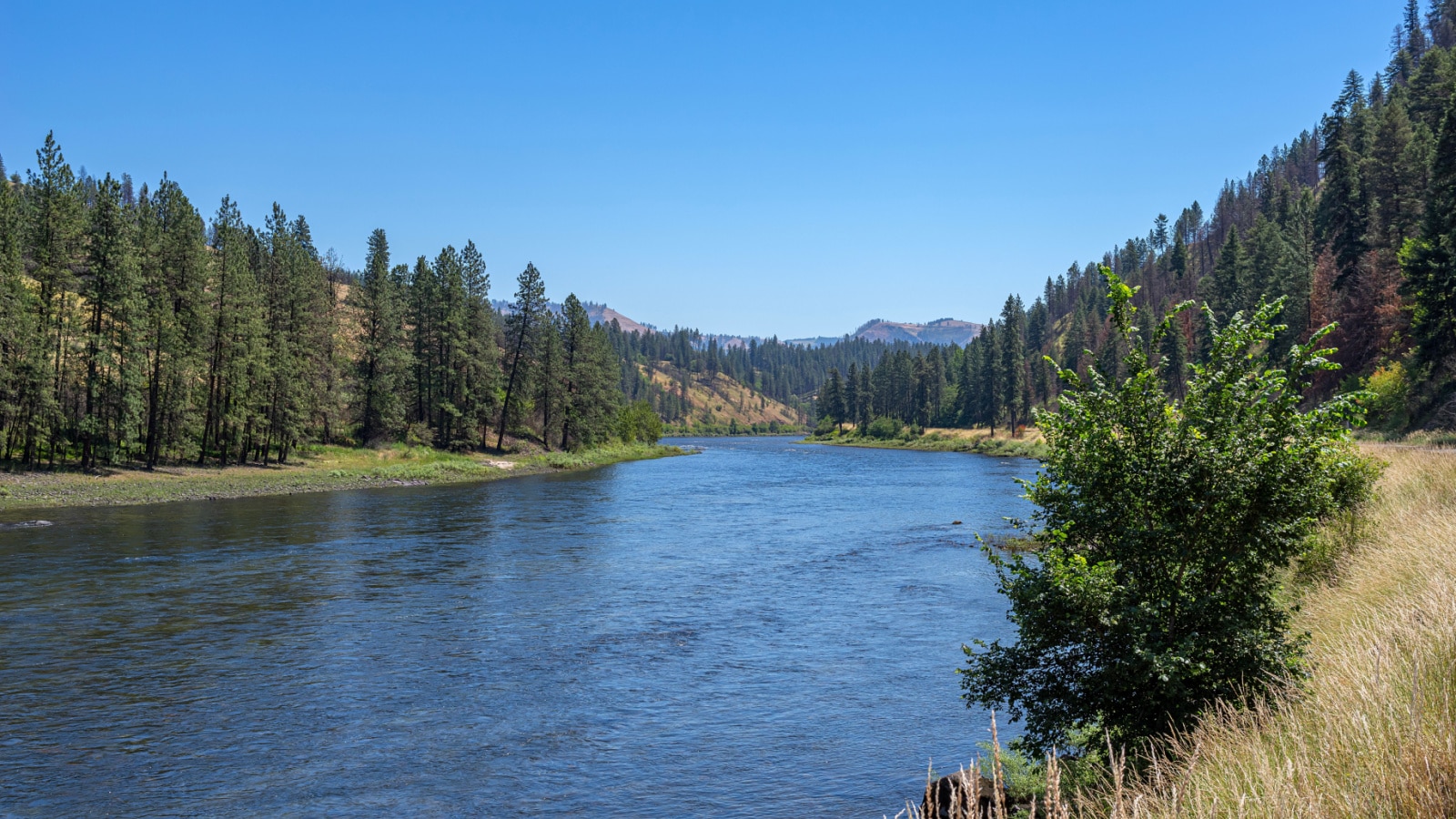
This route represents the journey of the Lewis and Clark Expedition, a significant exploration of the newly acquired western U.S. territory in the early 19th century. You can experience the trail followed by Lewis & Clark’s Corps of Discovery by hiking in Idaho’s Bitterroot Mountains.
Illinois – Abraham Lincoln’s Home
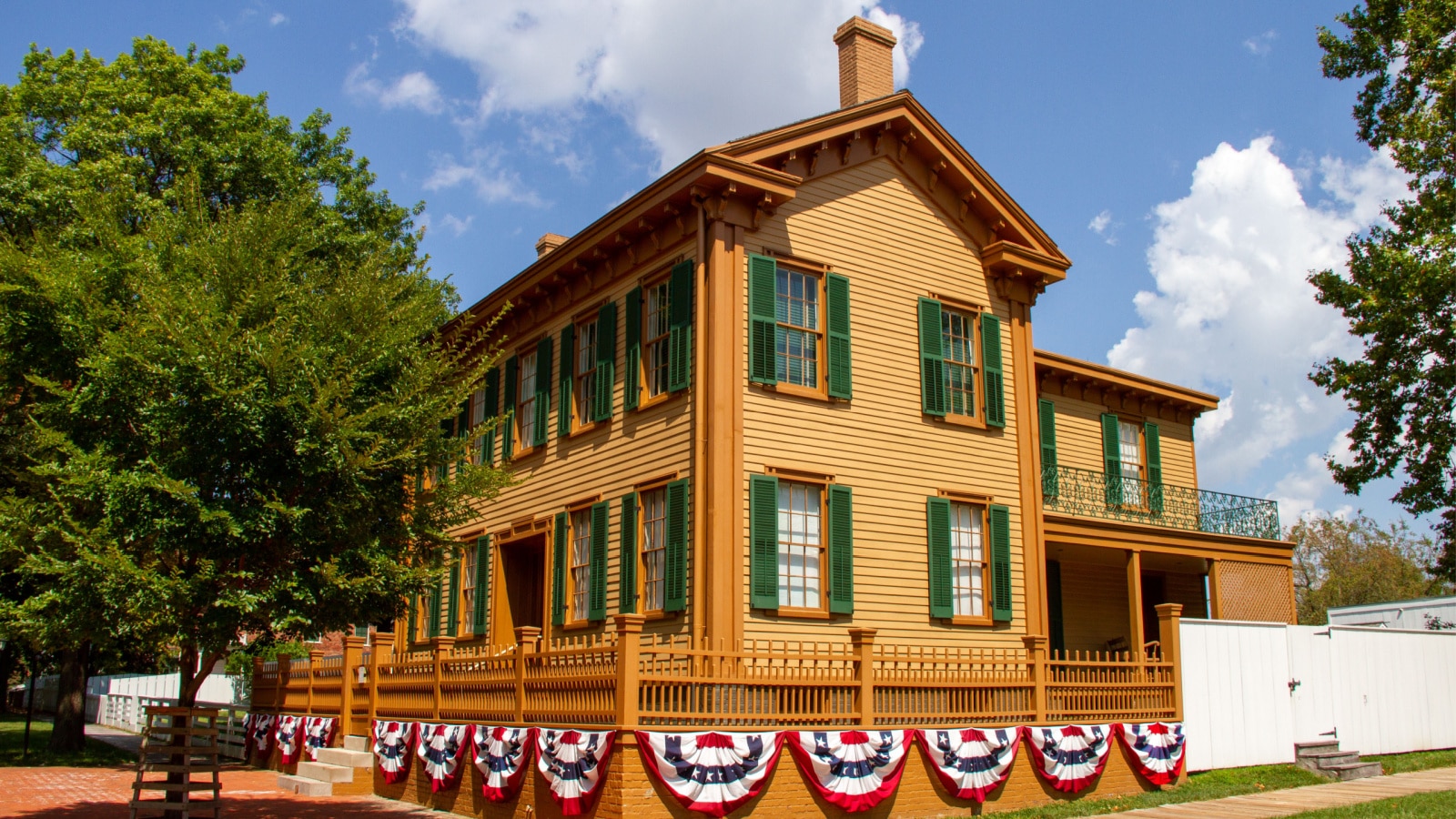
The only home Abraham Lincoln ever owned is preserved in Springfield. It’s a symbol of his life before becoming the 16th President of the United States.
Indiana – The Benjamin Harrison Presidential Site
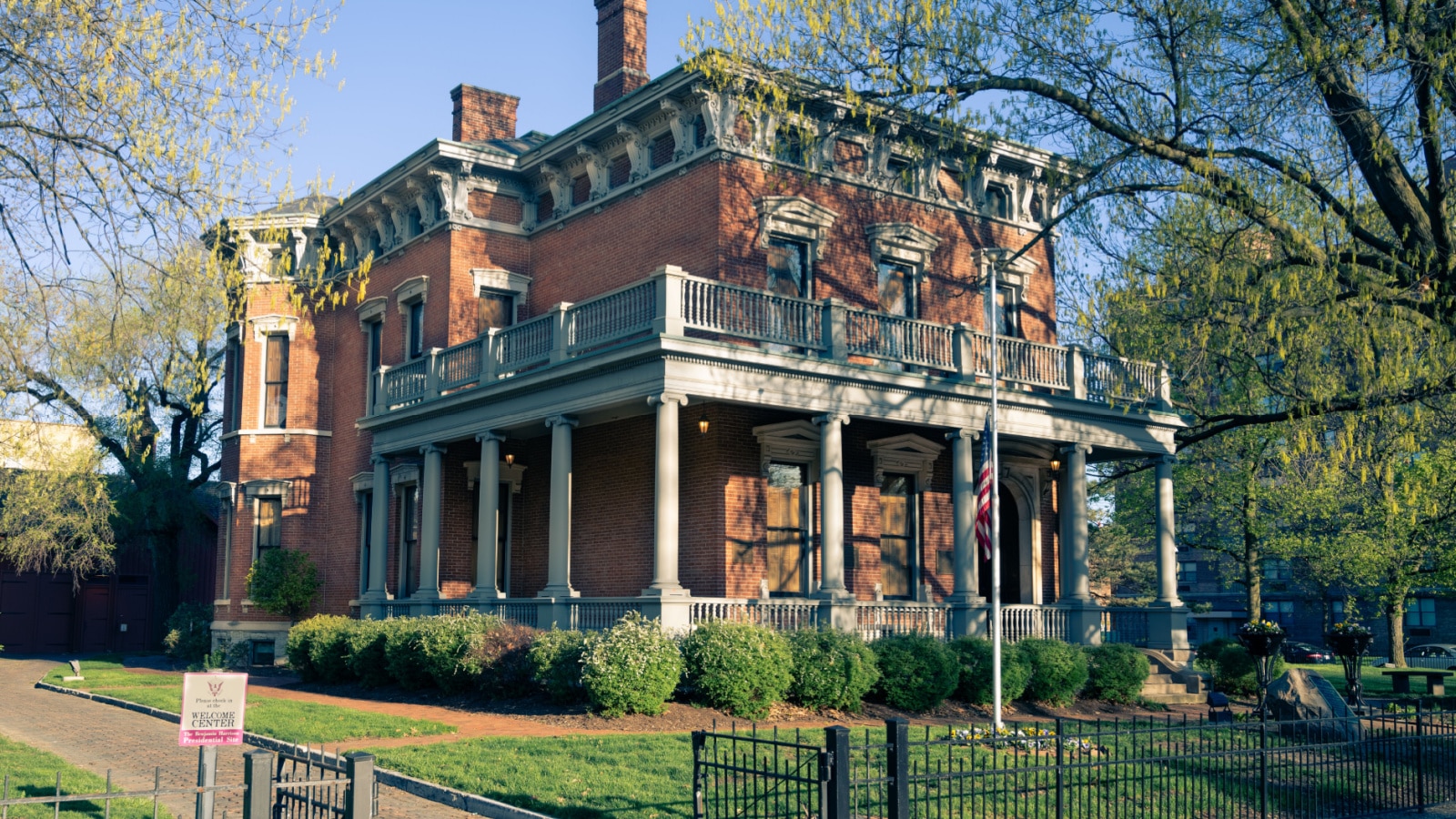
The Benjamin Harrison Presidential Site in Indianapolis is a historically significant place to visit in Indiana. It is the former home of the 23rd President of the United States, Benjamin Harrison, and has been preserved as a museum and educational center. This site is historically significant because:
- Benjamin Harrison was the only president from Indiana and served from 1889 to 1893.
- The site offers a glimpse into the life and times of a late 19th-century U.S. President.
- It houses a large collection of Harrison’s personal belongings, memorabilia, and artifacts.
- The architecture of the building itself is noteworthy, reflecting the late Victorian era.
Iowa – Amana Colonies
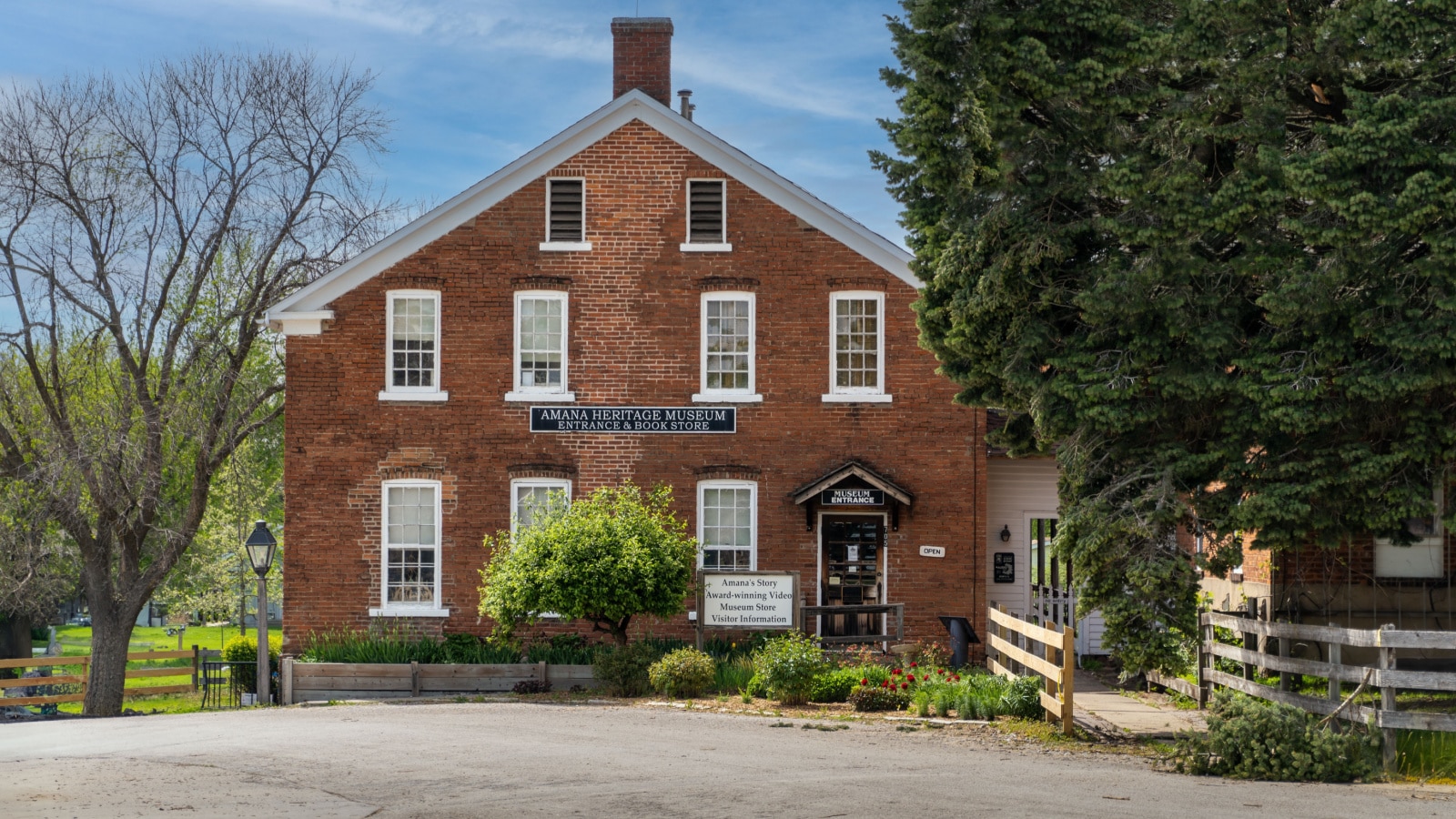
The Amana Colonies were founded in the mid-19th century by a group of German Pietists seeking religious freedom. They lived in a communal, self-sustaining way of life for over 80 years, which included communal ownership of property and resources. The Amana Colonies are situated in east-central Iowa, approximately 20 miles west of Iowa City. They are easily accessible by car and are a popular day trip or weekend getaway destination.
Kansas – Brown v. Board of Education National Historic Site
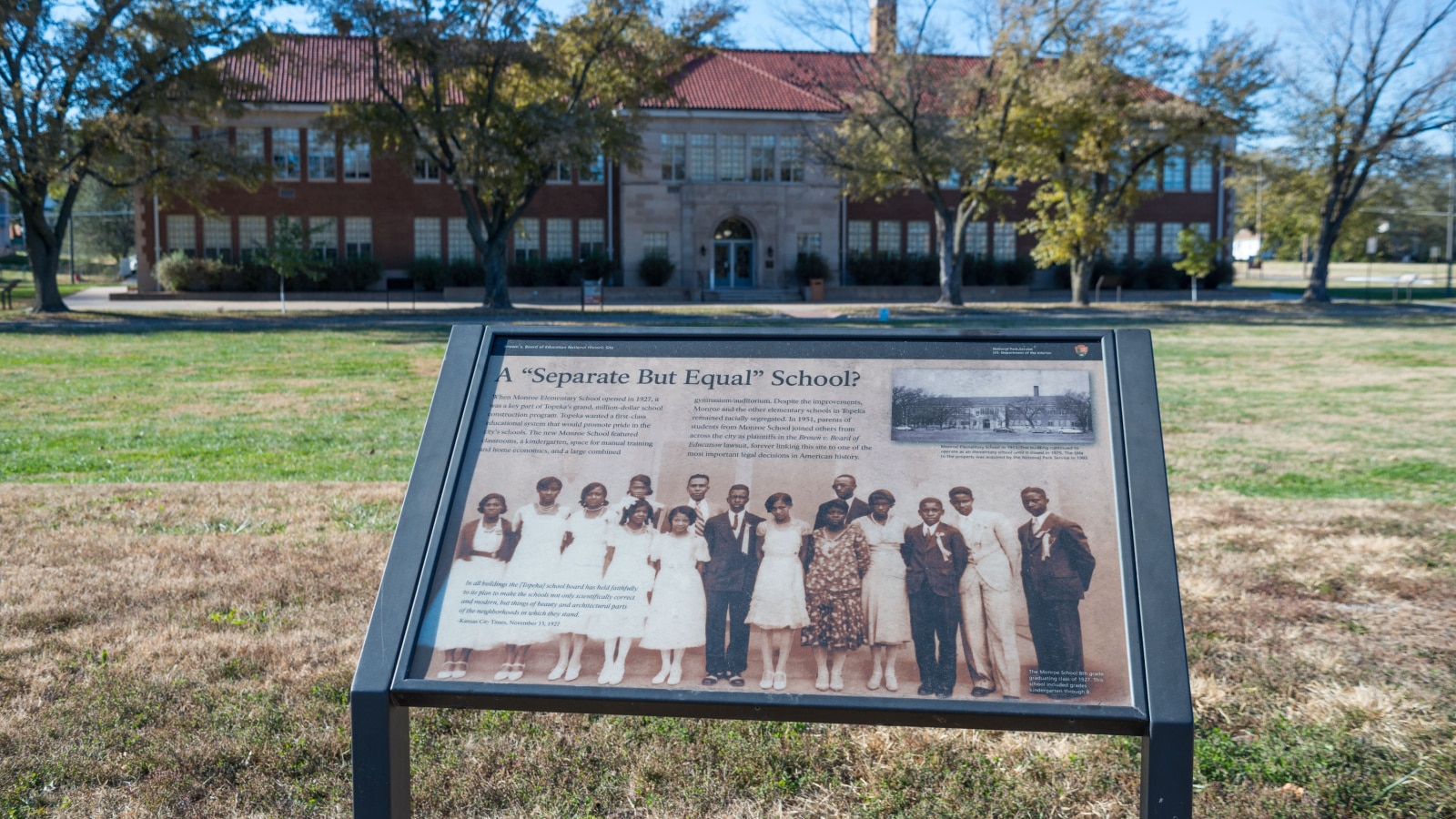
This site commemorates the landmark Supreme Court case that led to the desegregation of public schools in the United States, a crucial moment in the Civil Rights Movement.
Kentucky – Abraham Lincoln Birthplace National Historical Park

This park contains a symbolic cabin representing the birthplace of Abraham Lincoln, one of the most revered U.S. Presidents.
Louisiana – Jean Lafitte National Historical Park and Preserve
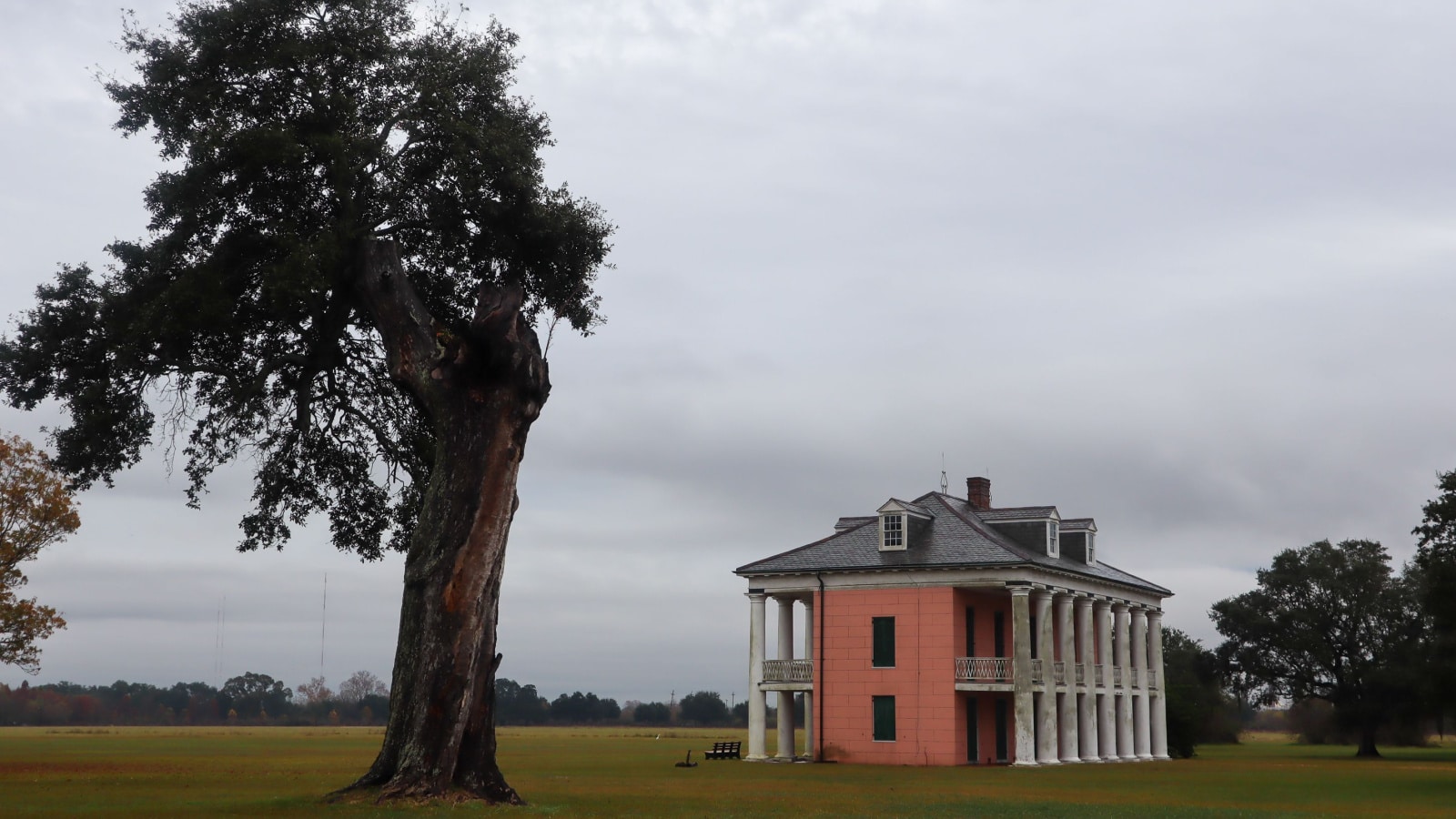
This park is named after the pirate and privateer Jean Lafitte and preserves the history and culture of the region, including the Battle of New Orleans during the War of 1812.
Maine – Colonial Pemaquid State Historic Site
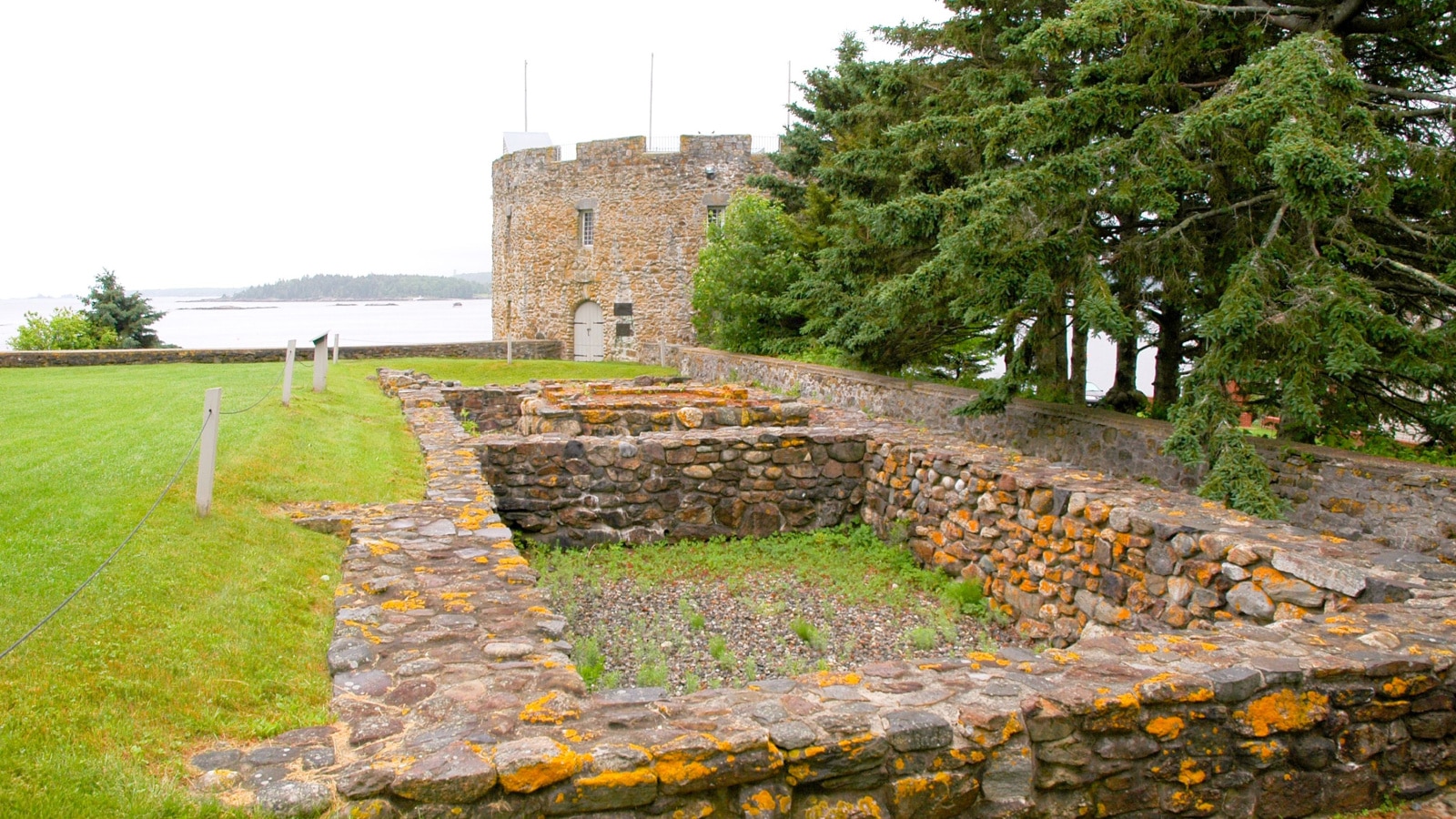
This site is located in New Harbor and is the location of one of the earliest European settlements in Maine. It was established in the early 17th century and played a vital role in Maine’s colonial history. Visitors can explore the remains of Fort William Henry, see historical artifacts, and learn about the area’s rich history through exhibits and guided tours.
Maryland – Fort McHenry National Monument and Historic Shrine
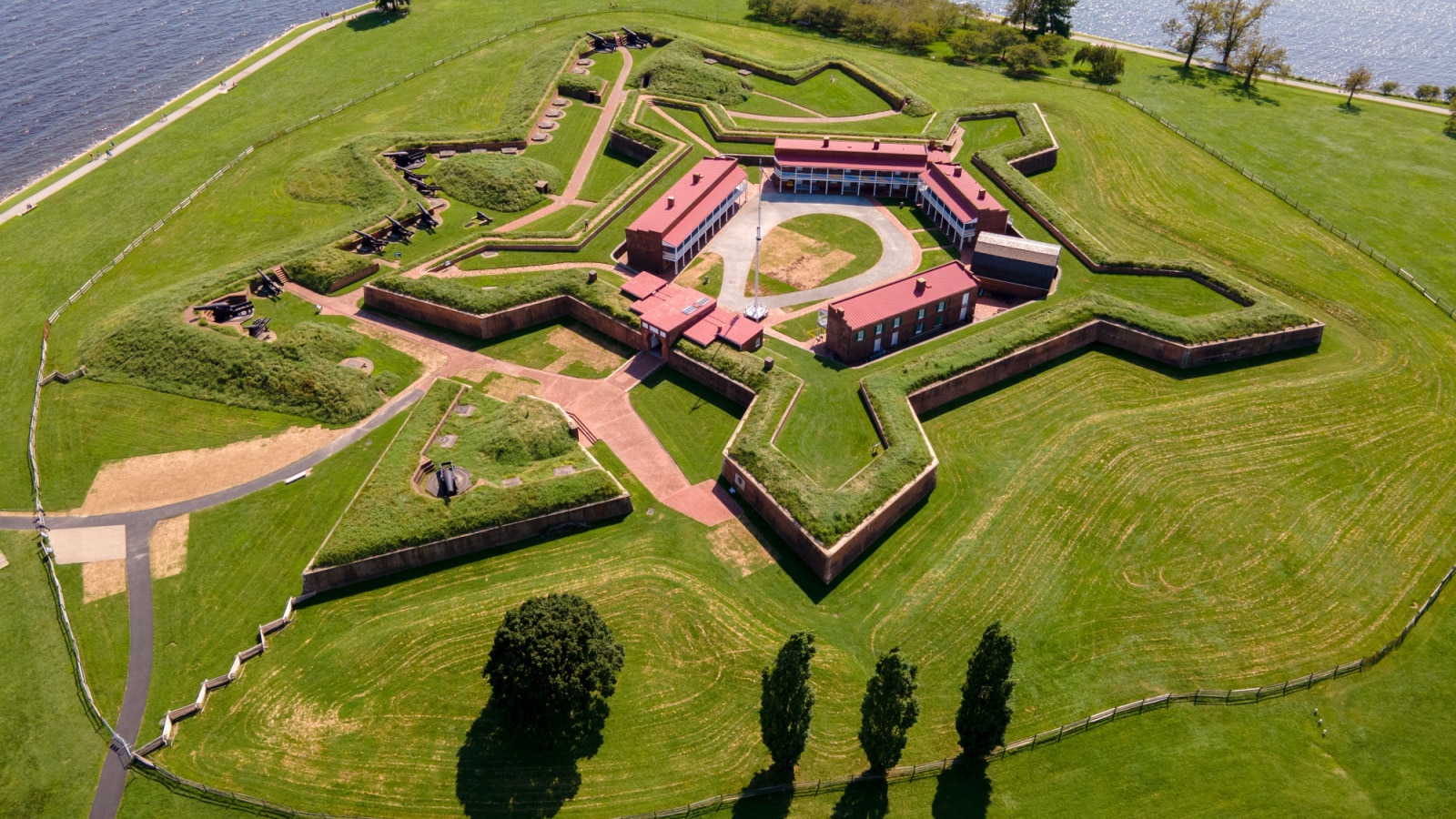
Fort McHenry is famous for its role in the War of 1812 and for inspiring “The Star-Spangled Banner,” the U.S. national anthem.
Massachusetts – Freedom Trail
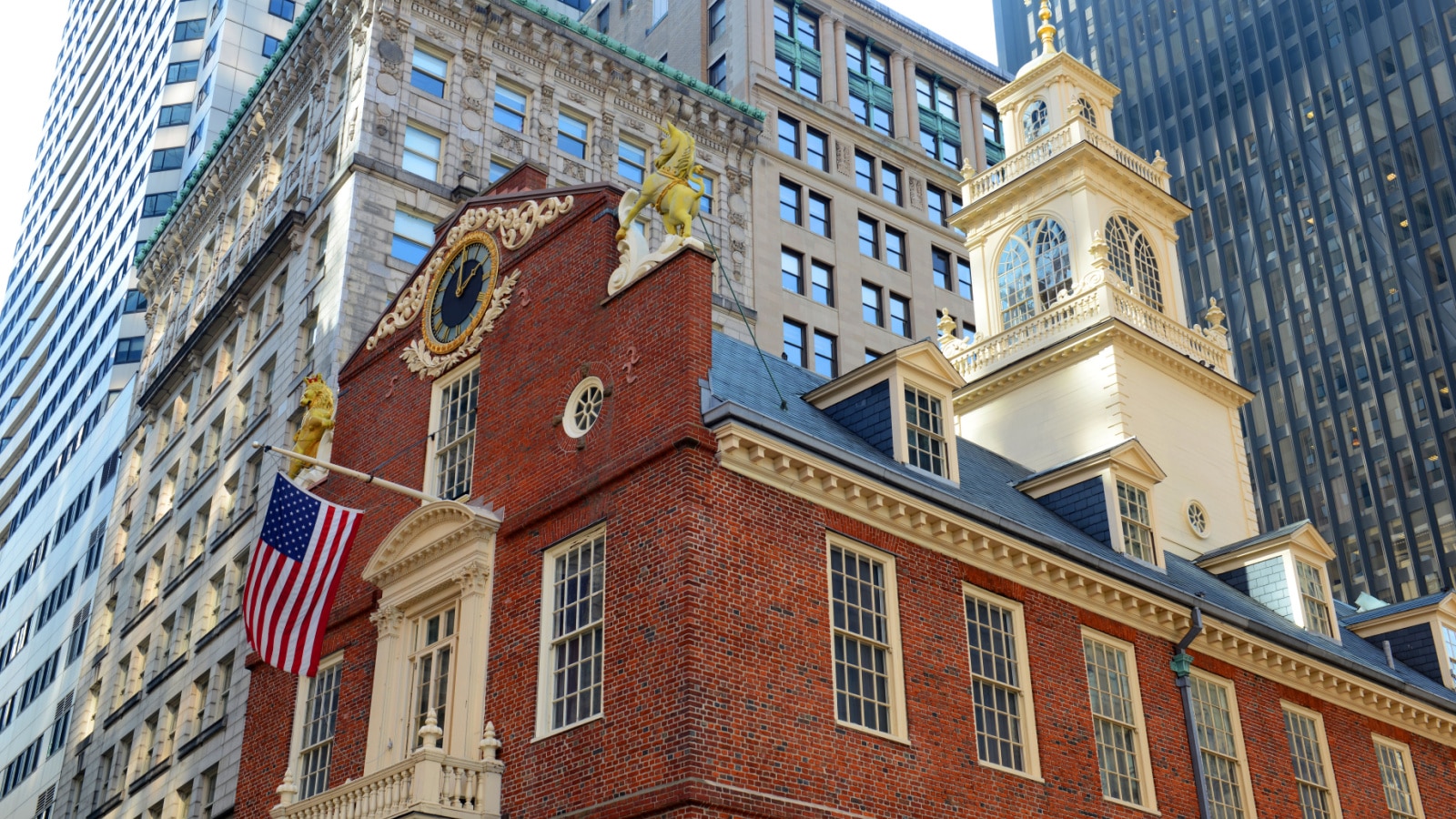
The Freedom Trail in Boston takes visitors to 16 historically significant sites, including the Massachusetts State House, Paul Revere’s House, and the site of the Boston Tea Party.
Michigan – Henry Ford Museum of American Innovation
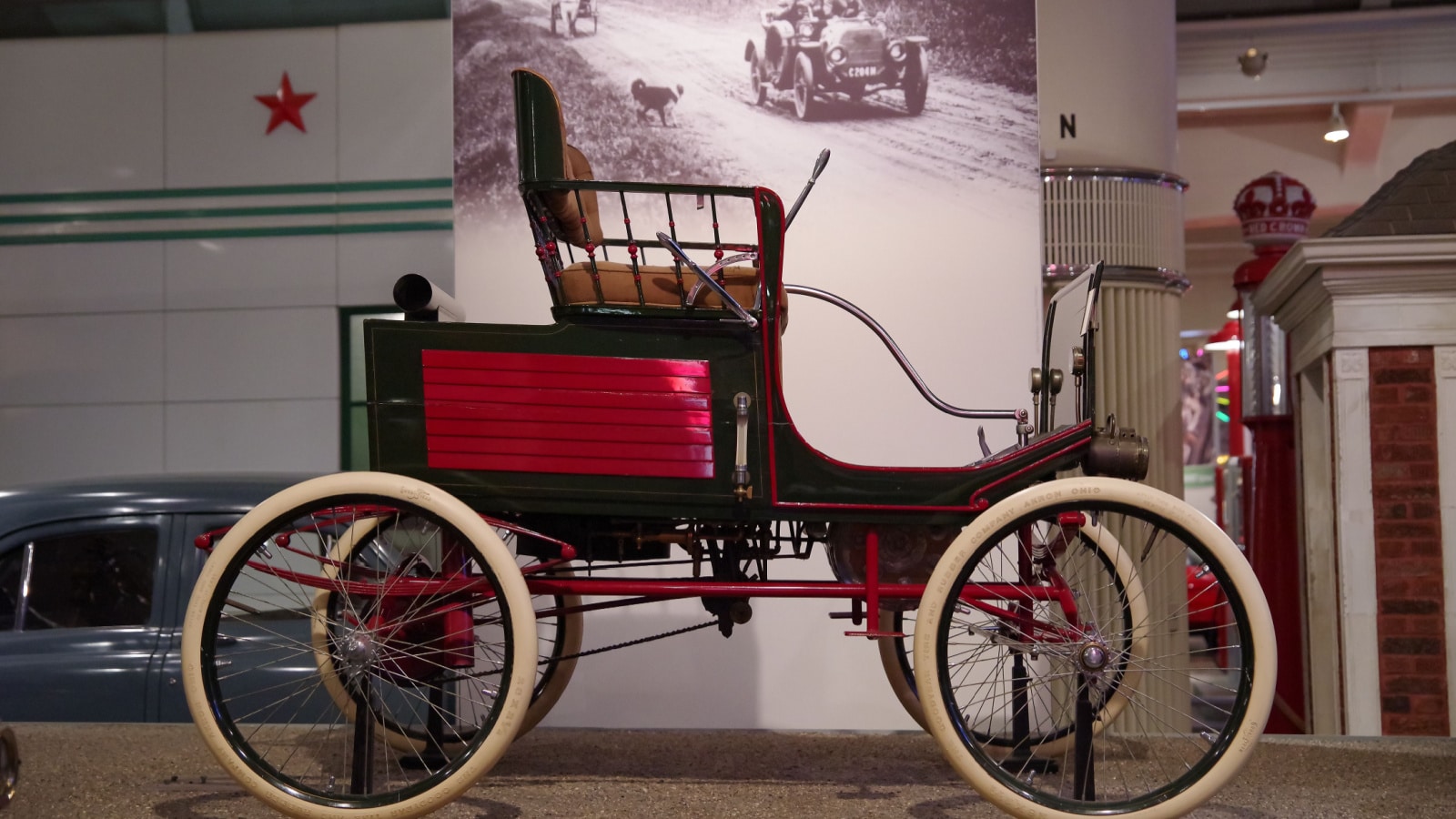
The Henry Ford Museum of American Innovation, also known as The Henry Ford, is located in Dearborn, Michigan. The museum features a vast collection of artifacts related to American history and innovation, including significant items like the Rosa Parks Bus, the Wright Brothers’ bicycle shop, and the Lincoln Rocker, which is believed to have been used by Abraham Lincoln. There are also extensive exhibits on the history of transportation, manufacturing, and various other aspects of American culture and technology.
Minnesota – Fort Snelling
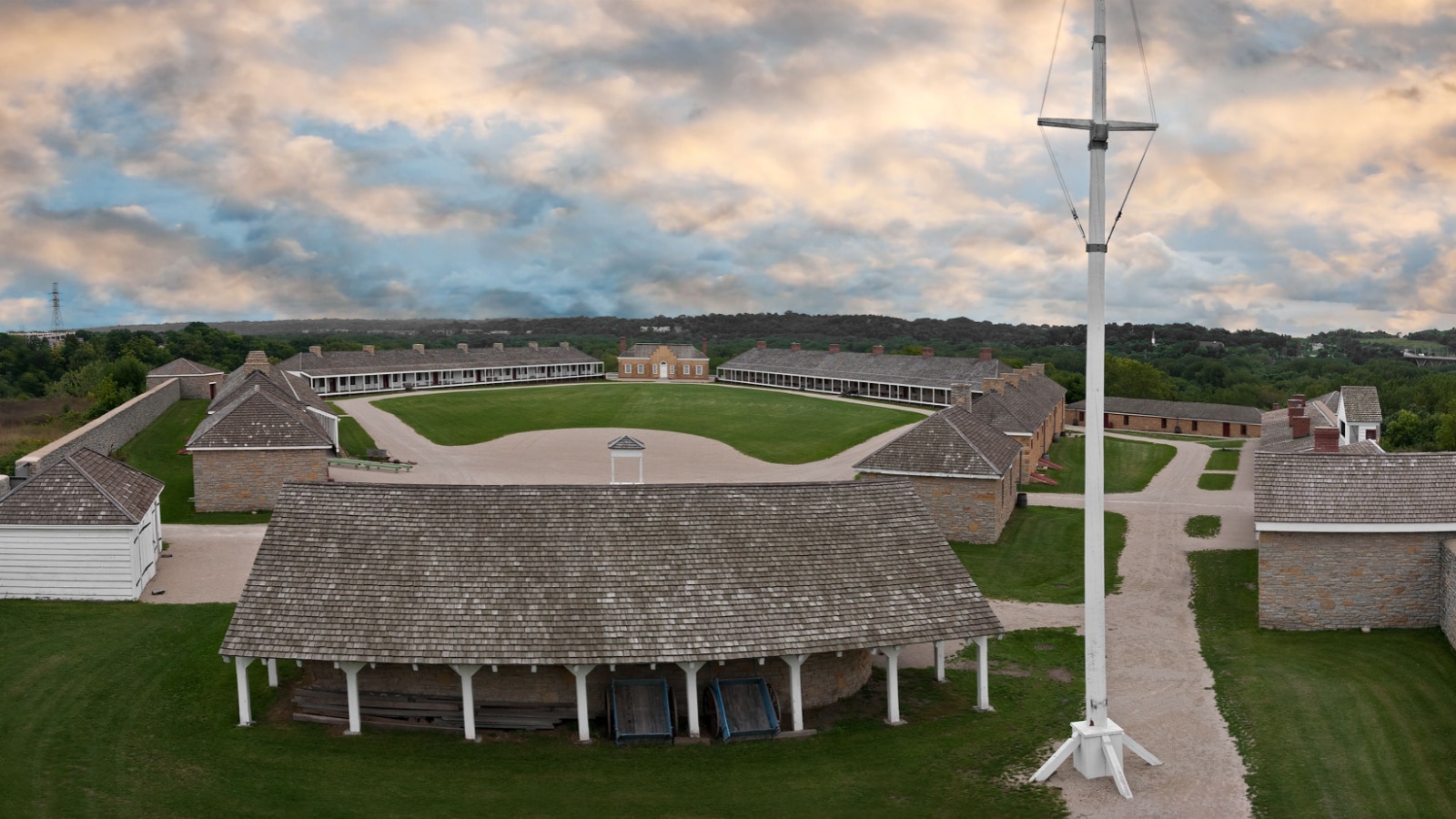
Fort Snelling is located at the confluence of the Minnesota and Mississippi Rivers in the city of St. Paul. It was established in the early 19th century and played a pivotal role in the history of the region. During the U.S.-Dakota War, Fort Snelling was a key military outpost, and Fort Snelling was used as a training and recruitment center for Union soldiers during the American Civil War.
Mississippi – Vicksburg National Military Park
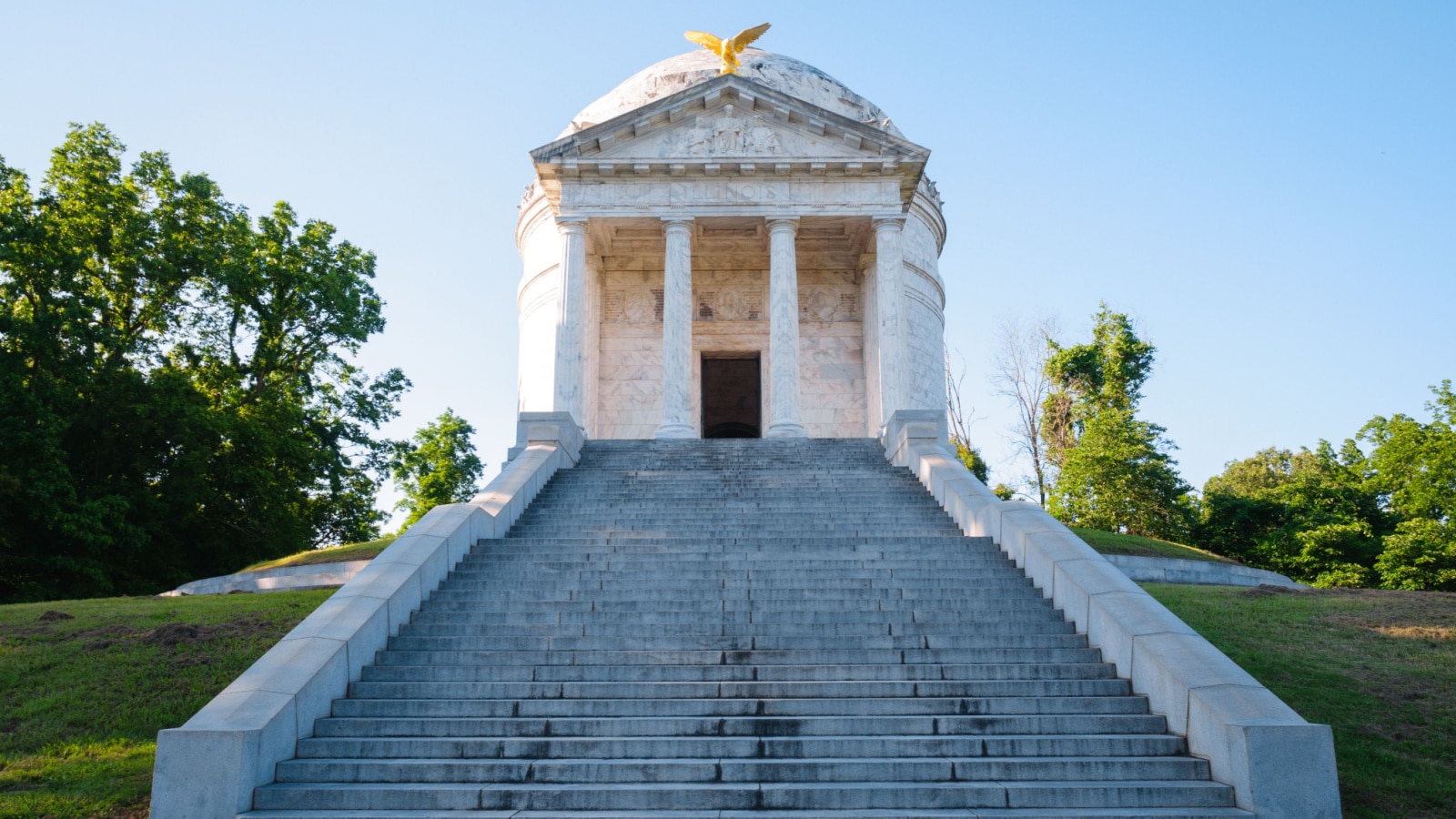
One of the most historically significant places to visit in Mississippi is the Vicksburg National Military Park. This park commemorates the Battle of Vicksburg during the American Civil War, which was a pivotal moment in the conflict. The Union victory at Vicksburg in 1863 gave them control of the Mississippi River and divided the Confederacy in two. The park features numerous monuments, a museum, and well-preserved battlefield areas that provide insight into this important chapter of American history.
Missouri – Gateway Arch National Park
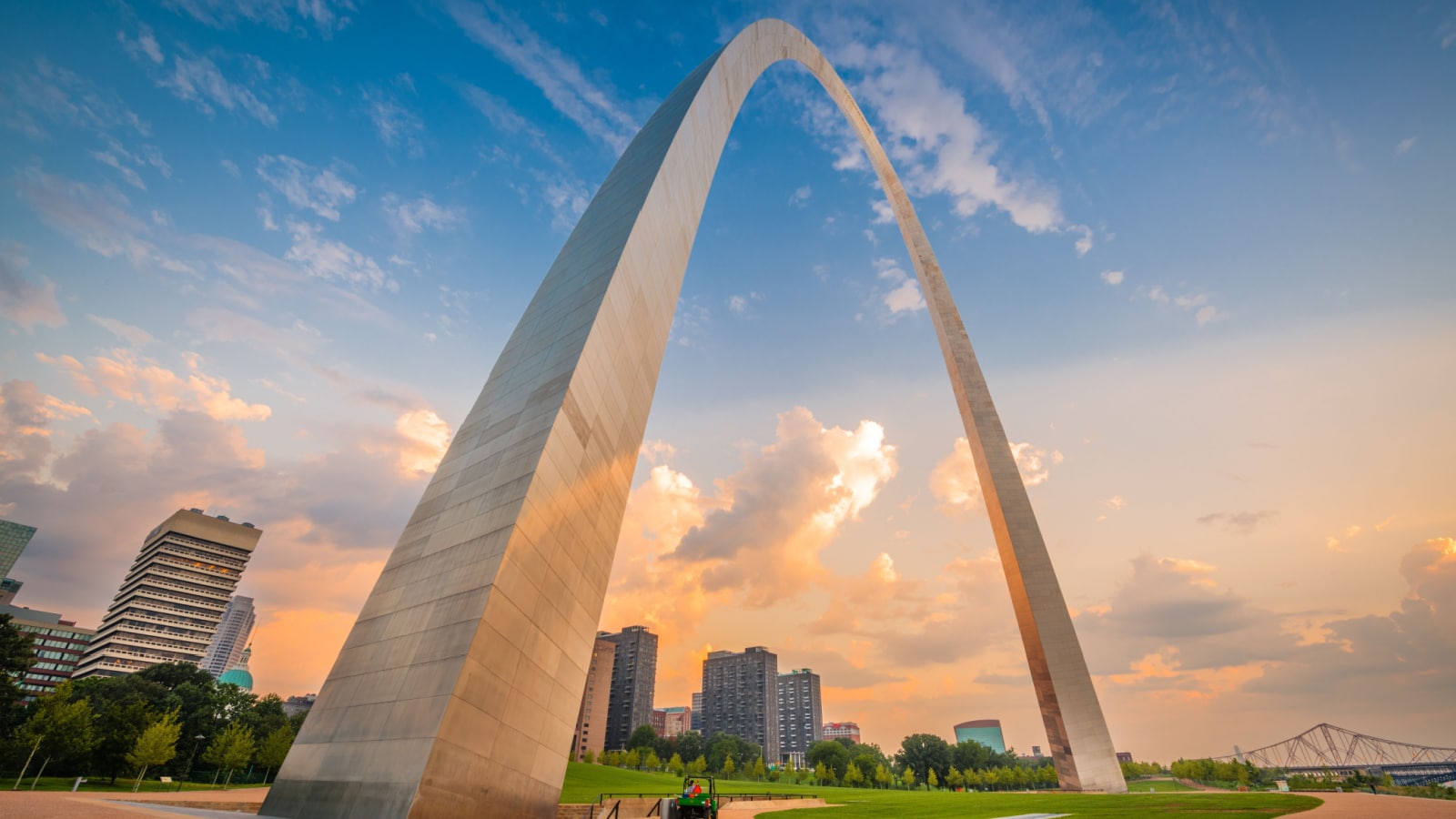
The Gateway Arch, also known as the Gateway to the West, is a prominent symbol of American expansion and westward exploration. It commemorates Thomas Jefferson’s Louisiana Purchase and the Lewis and Clark expedition, which began in St. Louis in 1804.
Montana – Little Bighorn Battlefield National Monument
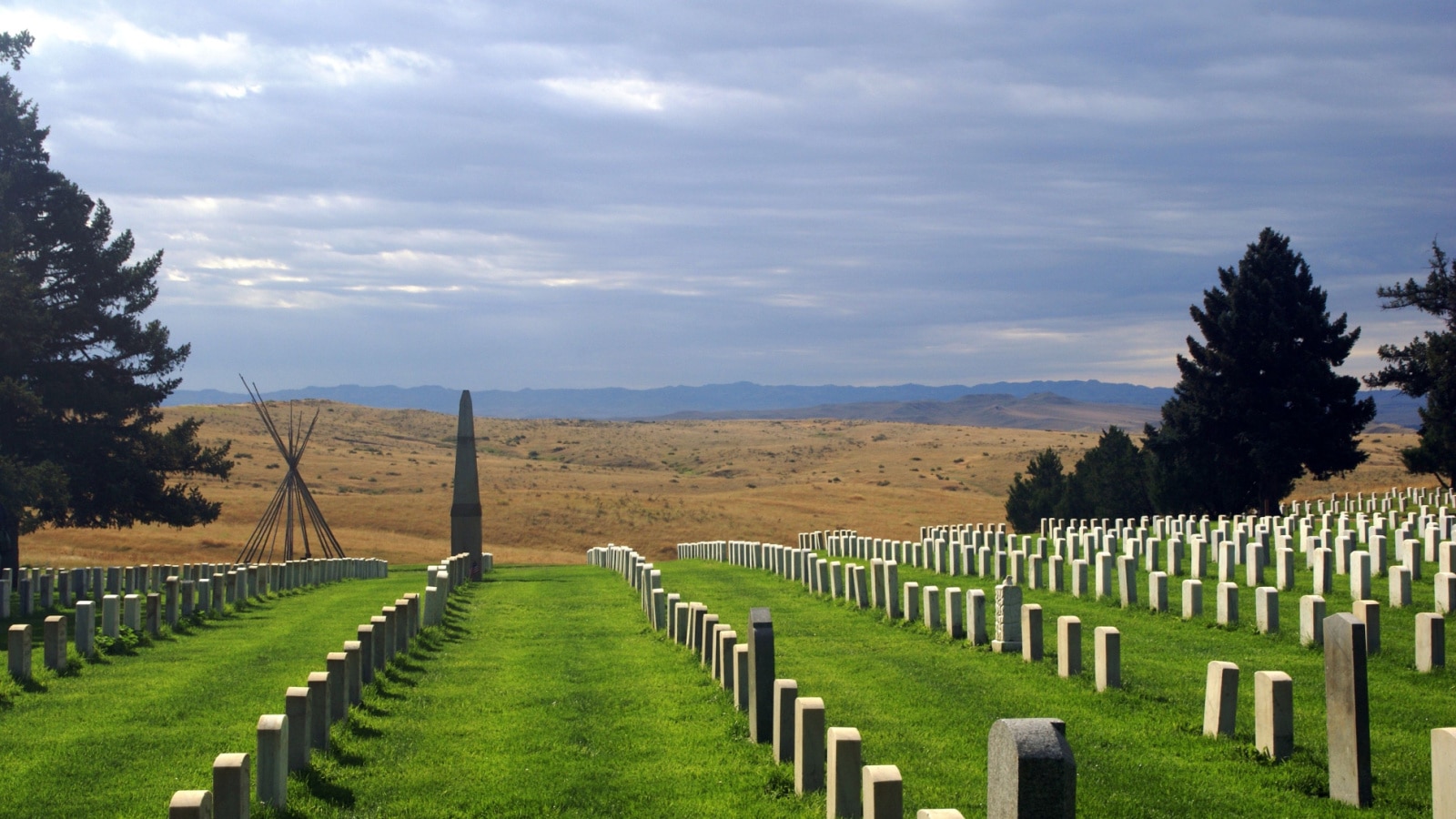
The Little Bighorn Battlefield National Monument is a historical site that commemorates the Battle of the Little Bighorn, which took place on June 25 and 26, 1876. This battle is also known as Custer’s Last Stand, as it was a significant event during the Great Sioux War of 1876.
The monument preserves the battlefield and serves as a memorial to the U.S. Army’s 7th Cavalry and the Native American warriors who fought in the battle. The most famous participant in the battle was Lieutenant Colonel George Armstrong Custer, who led the 7th Cavalry and was killed in the engagement.
Nebraska – Ash Hollow Historical Park
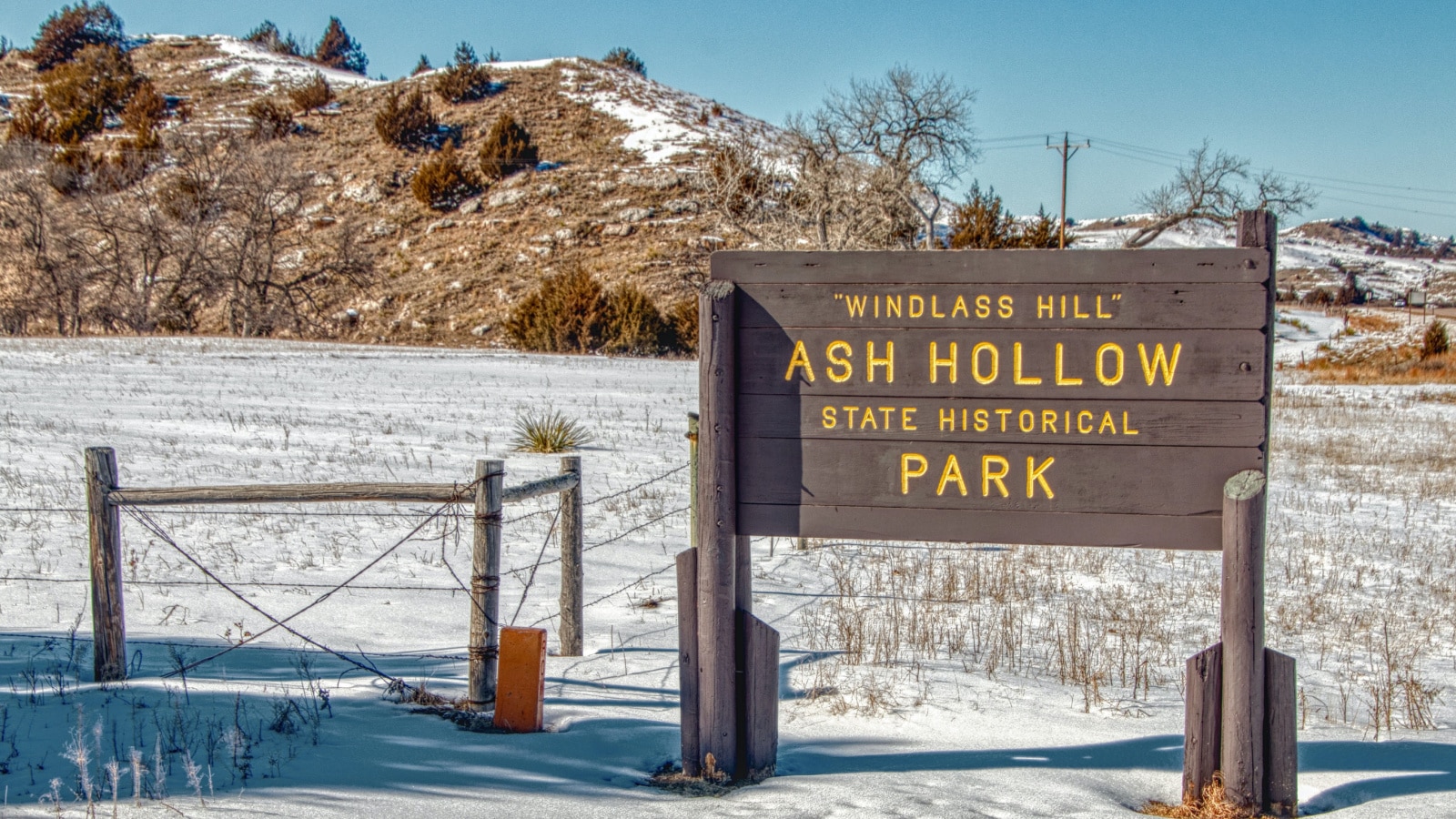
Ash Hollow Historical Park, located in Nebraska, is a historically significant place to visit due to its association with the westward expansion of the United States and its role as a vital stop along the Oregon Trail and California Trail during the 19th century.
Nevada – Hoover Dam
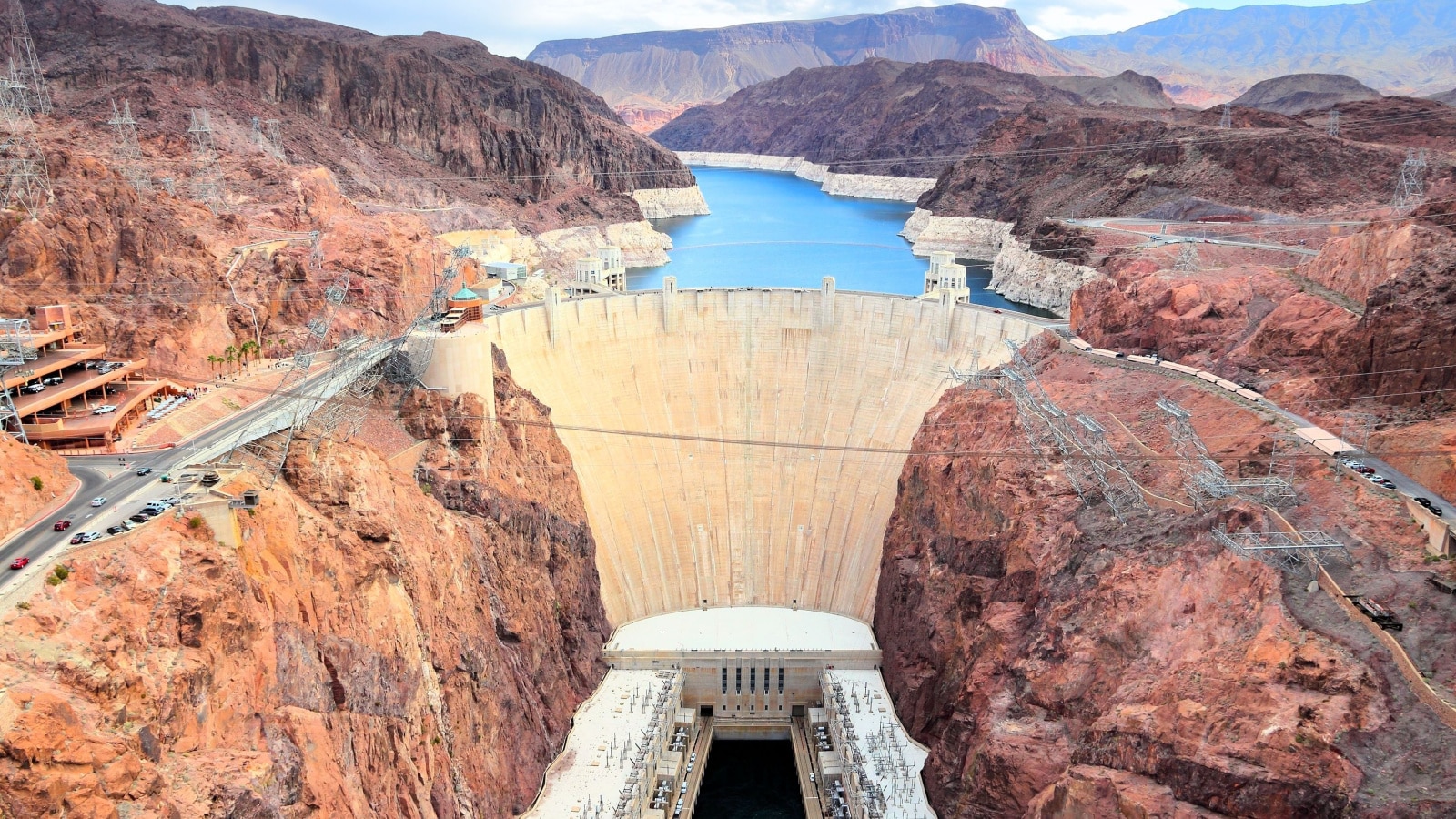
Hoover Dam is a marvel of modern engineering, constructed during the Great Depression. It provides water and electricity to the Southwest and is a symbol of American infrastructure.
New Hampshire – Strawbery Banke Museum
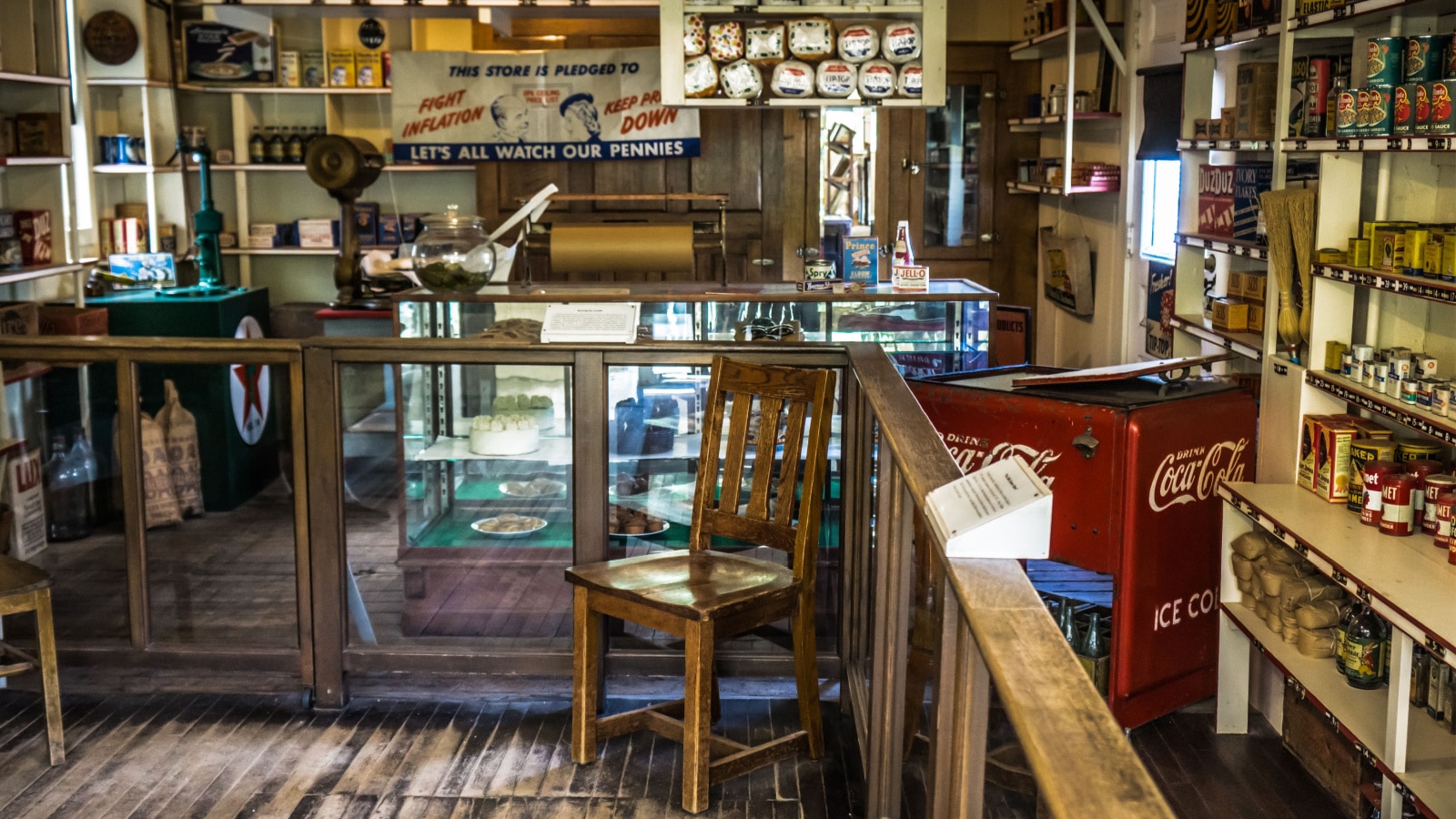
Strawbery Banke is an outdoor history museum that features more than 30 historic buildings from the 17th to the 19th centuries. Visitors can explore these buildings, which have been restored and furnished to represent various periods in the city’s history. The museum offers a glimpse into the lives of early European settlers and the development of Portsmouth over the centuries.
New Jersey – The Thomas Edison National Historical Park
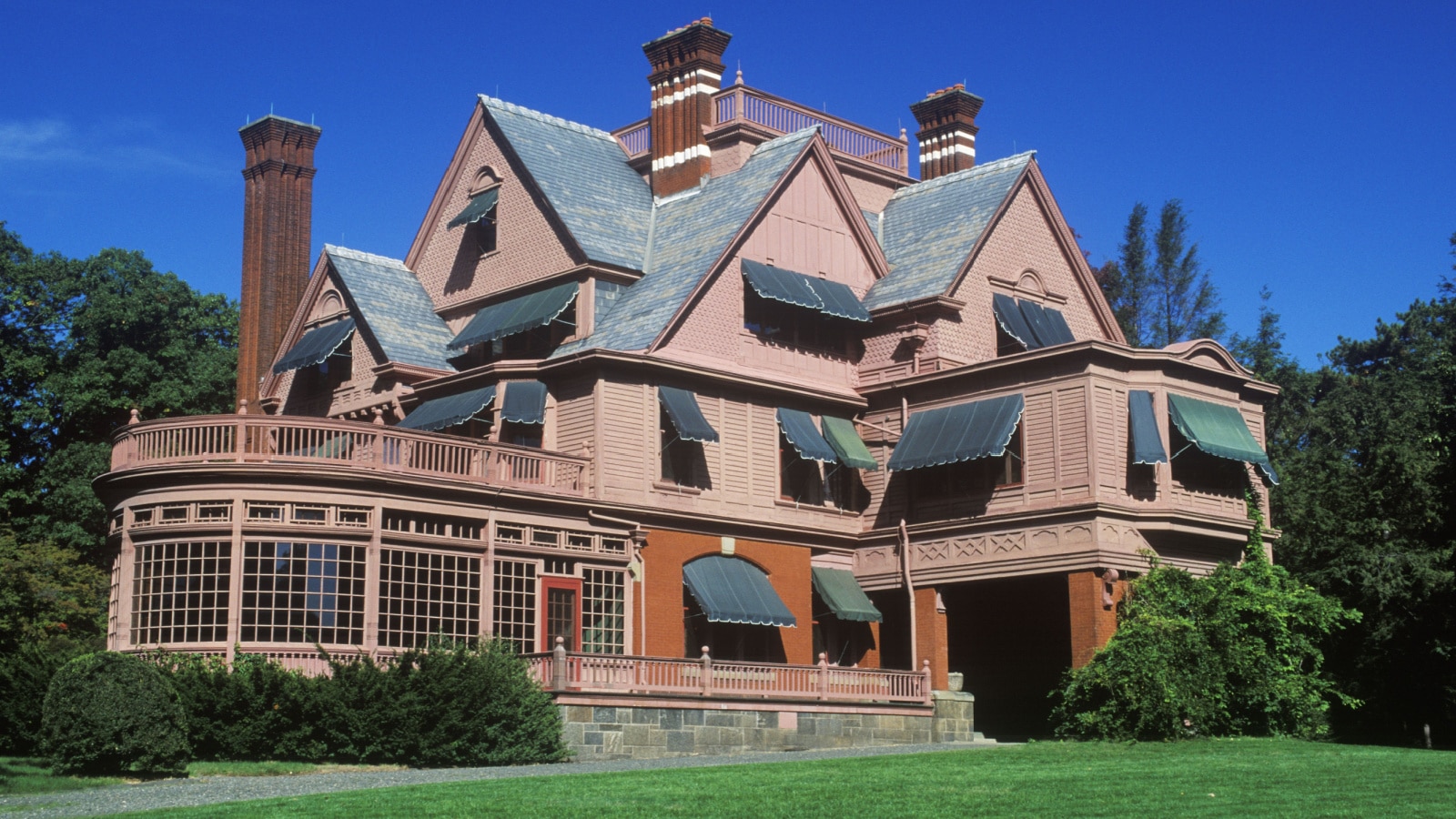
This park is located in West Orange, New Jersey, and it preserves Thomas Edison’s laboratory and residence. It’s often referred to as the “Black Maria” of the invention process. This site is of great historical importance because it was here that Edison conducted many of his most important experiments and invented numerous groundbreaking technologies, including the phonograph and the incandescent light bulb. It provides a fascinating glimpse into the life and work of one of America’s greatest inventors and is a must-visit for anyone interested in the history of innovation and technology.
New Mexico – Santa Fe Plaza
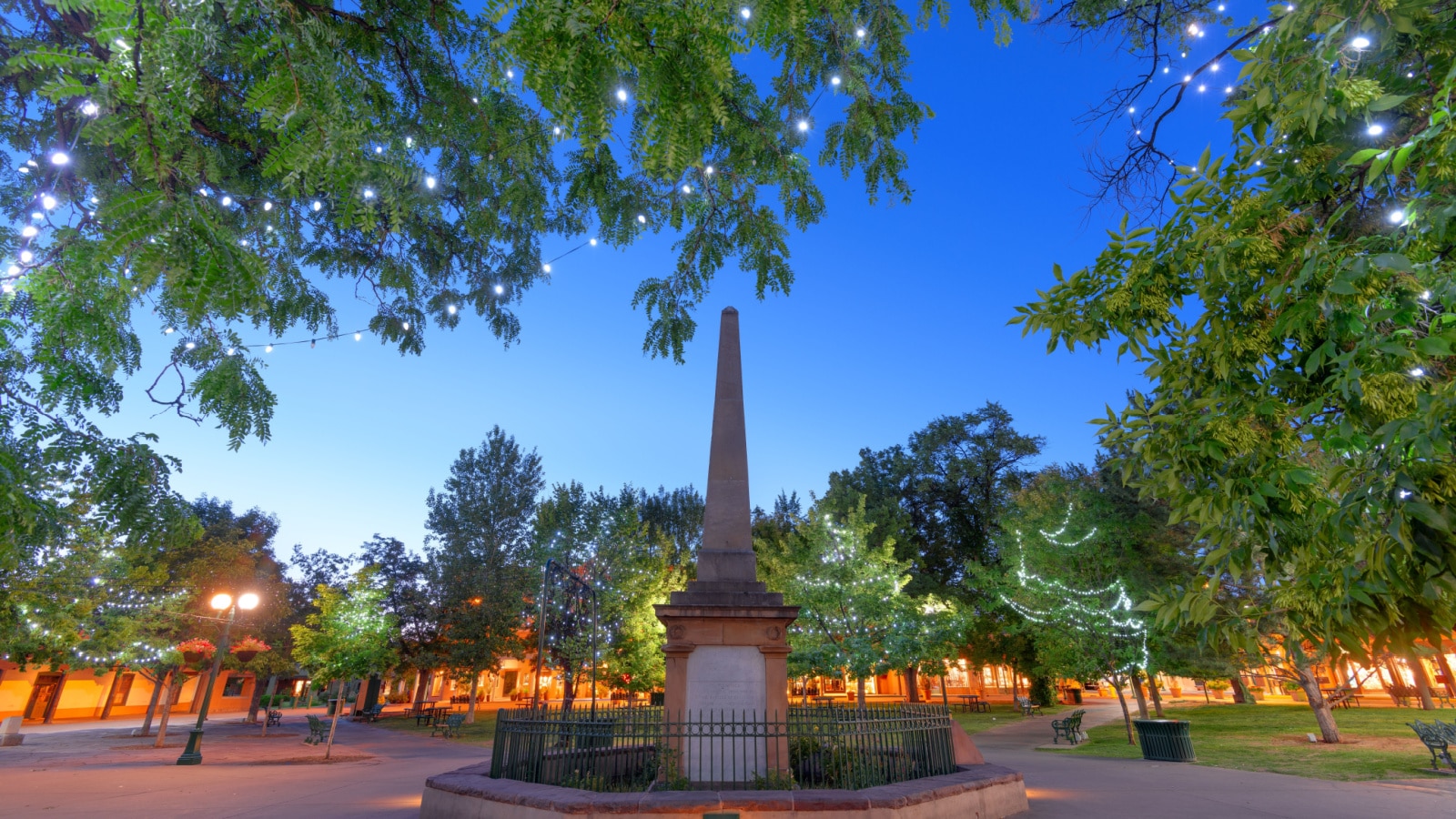
The Santa Fe Plaza is a historic central gathering place that has been at the heart of the city since its founding in 1610. It is one of the oldest public spaces in the United States and has played a central role in the history of the American Southwest.
North Carolina – Wright Brothers National Memorial
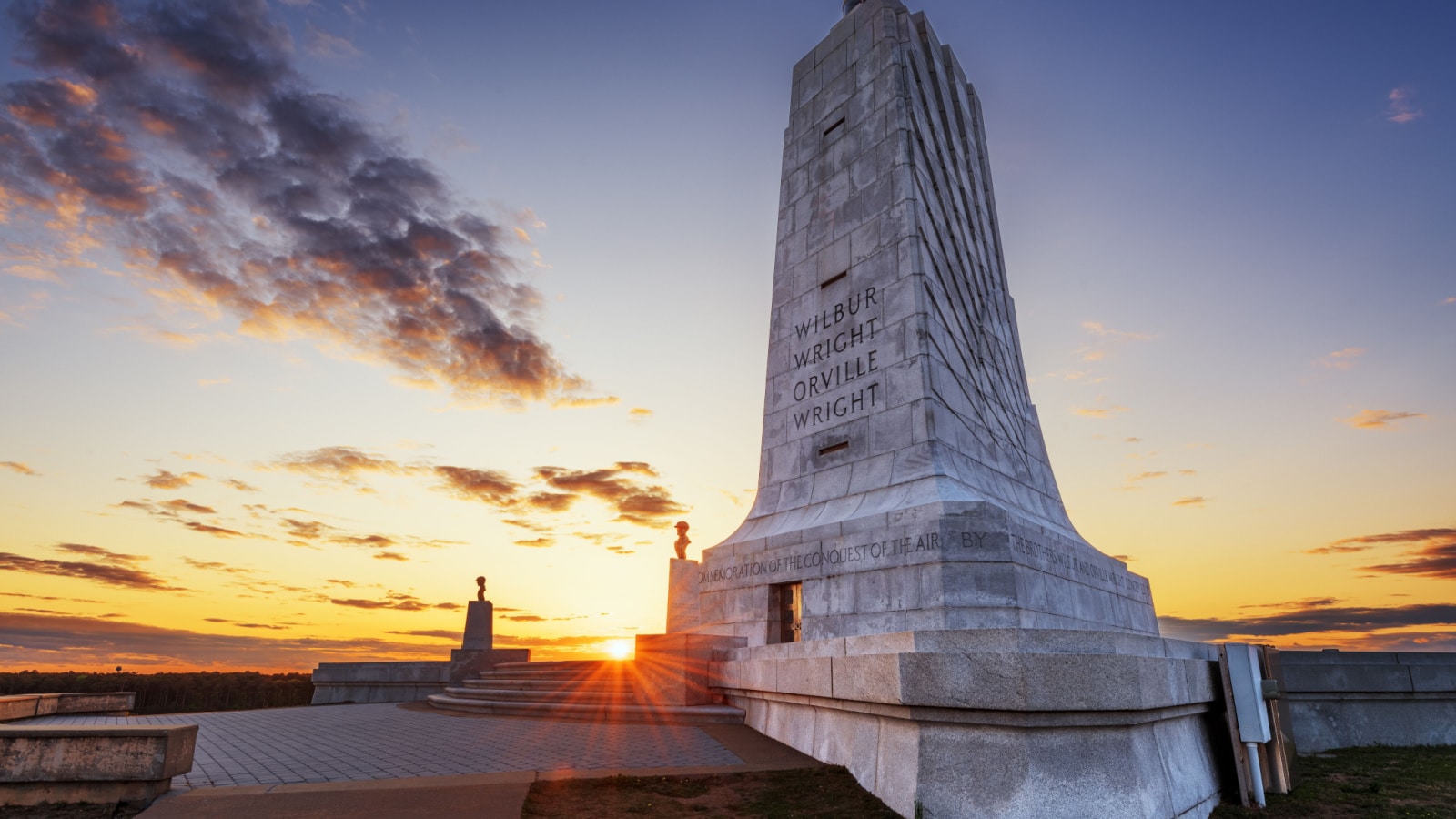
The Wright Brothers National Memorial is located in Kill Devil Hills, North Carolina, USA. It commemorates the achievements of Orville and Wilbur Wright, who successfully conducted the world’s first powered, controlled, sustained flight on December 17, 1903.
North Dakota – Knife River Indian Villages National Historic Site
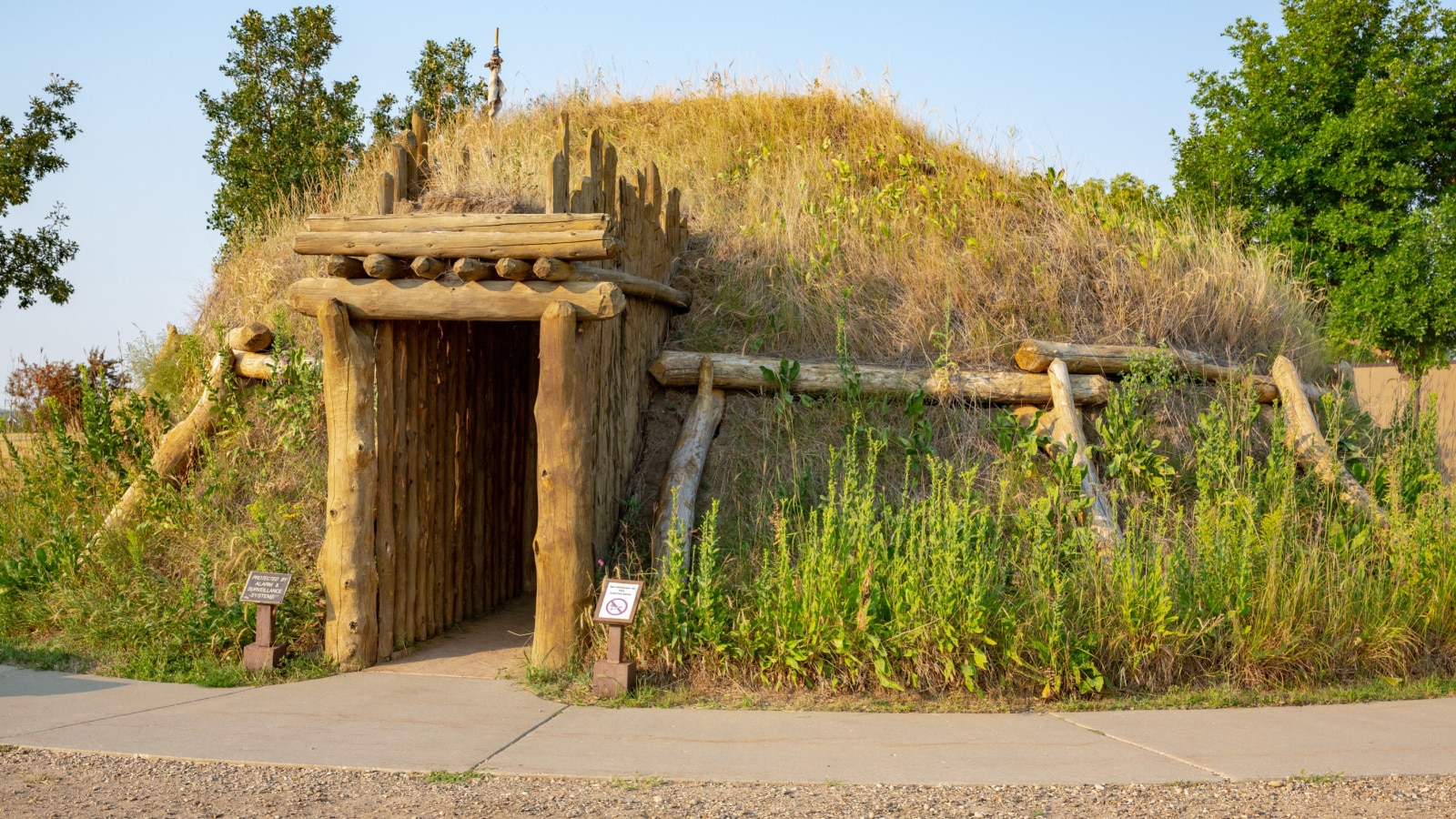
This site preserves the remnants of the Northern Plains Indians’ earthlodges and artifacts dating back to the 18th century. It’s historically important because it was a major trading and agricultural area for several Native American tribes, including the Hidatsa, Mandan, and Arikara.
New York
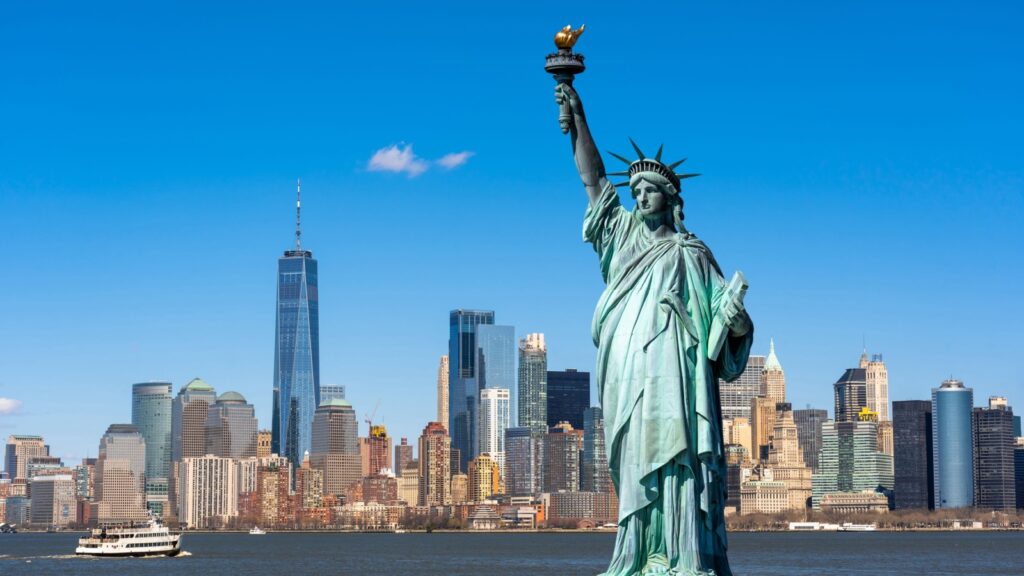
New York is rich in historical sites, but one of the most interesting and iconic is the Statue of Liberty. The statue, a gift from France to the United States, symbolizes freedom and democracy. It was dedicated on October 28, 1886, and has since become an enduring symbol of the United States and its values.
Visitors can take a ferry to Liberty Island to see the statue up close, explore the museum, and even climb to the crown for a stunning view of New York Harbor. The nearby Ellis Island Immigration Museum, which tells the story of millions of immigrants who passed through Ellis Island, adds to the historical significance of the visit.
Ohio – National Underground Railroad Freedom Center

The National Underground Railroad Freedom Center is a museum and education center dedicated to telling the story of the Underground Railroad, which was a network of secret routes and safe houses that helped enslaved African Americans escape to freedom before the Civil War. It’s a significant historical site that offers a wealth of information about this important chapter in American history. If you’re interested in visiting the National Underground Railroad Freedom Center, you can find it in downtown Cincinnati, near the banks of the Ohio River.
Oklahoma – Oklahoma City National Memorial

The Oklahoma City National Memorial commemorates the tragic bombing of the Alfred P. Murrah Federal Building in 1995. The memorial serves as a poignant reminder of this devastating event and the resilience of the Oklahoma City community.
Oregon – Lewis and Clark National Historical Park
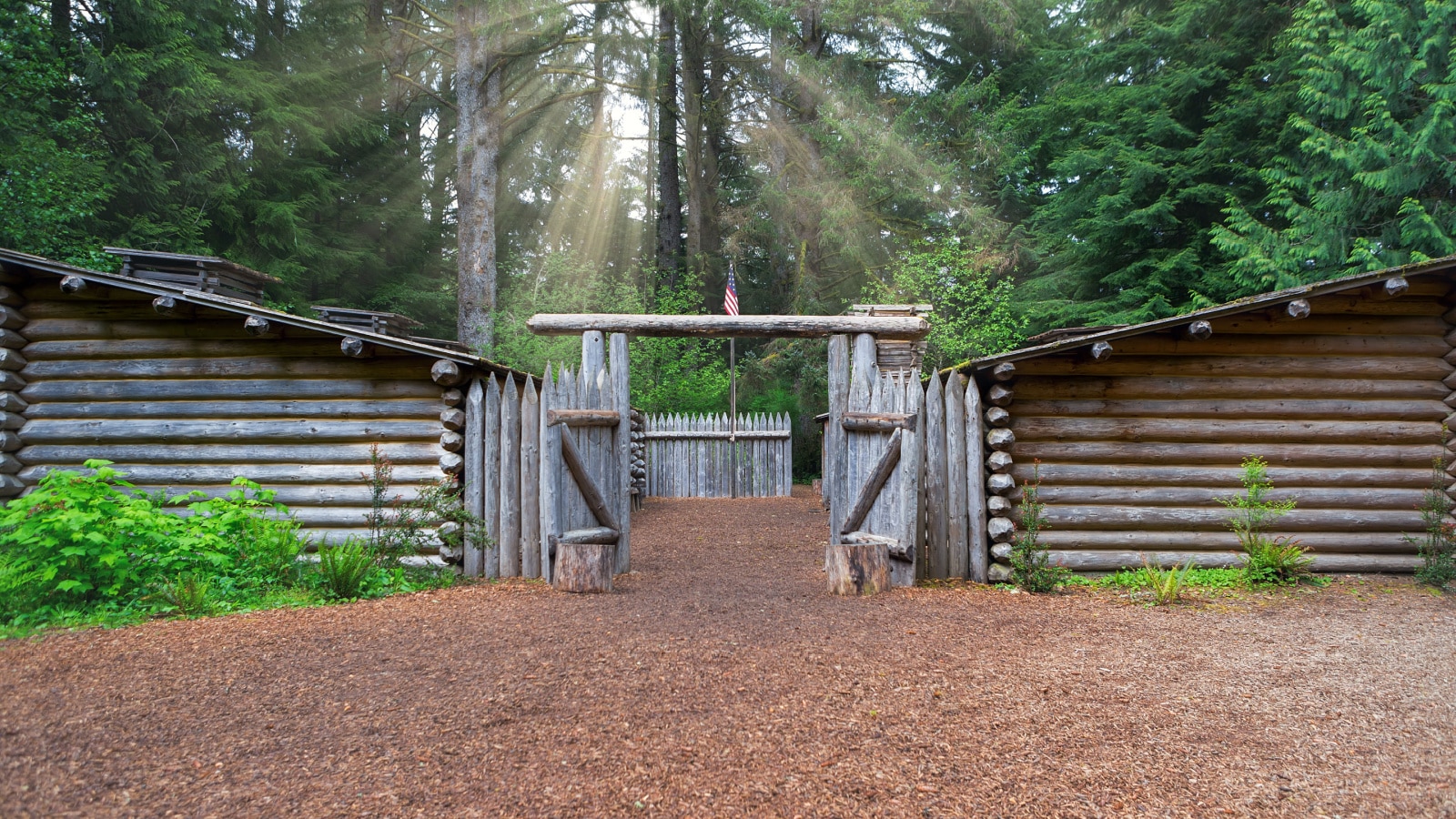
This park spans several sites along the route of the Lewis and Clark Expedition, which explored the western U.S. in the early 19th century. Fort Clatsop is located in Oregon and is where the expedition team spent the winter of 1805-1806. It’s a reconstructed fort that provides insights into the challenges they faced.
Pennsylvania – Independence National Historical Park
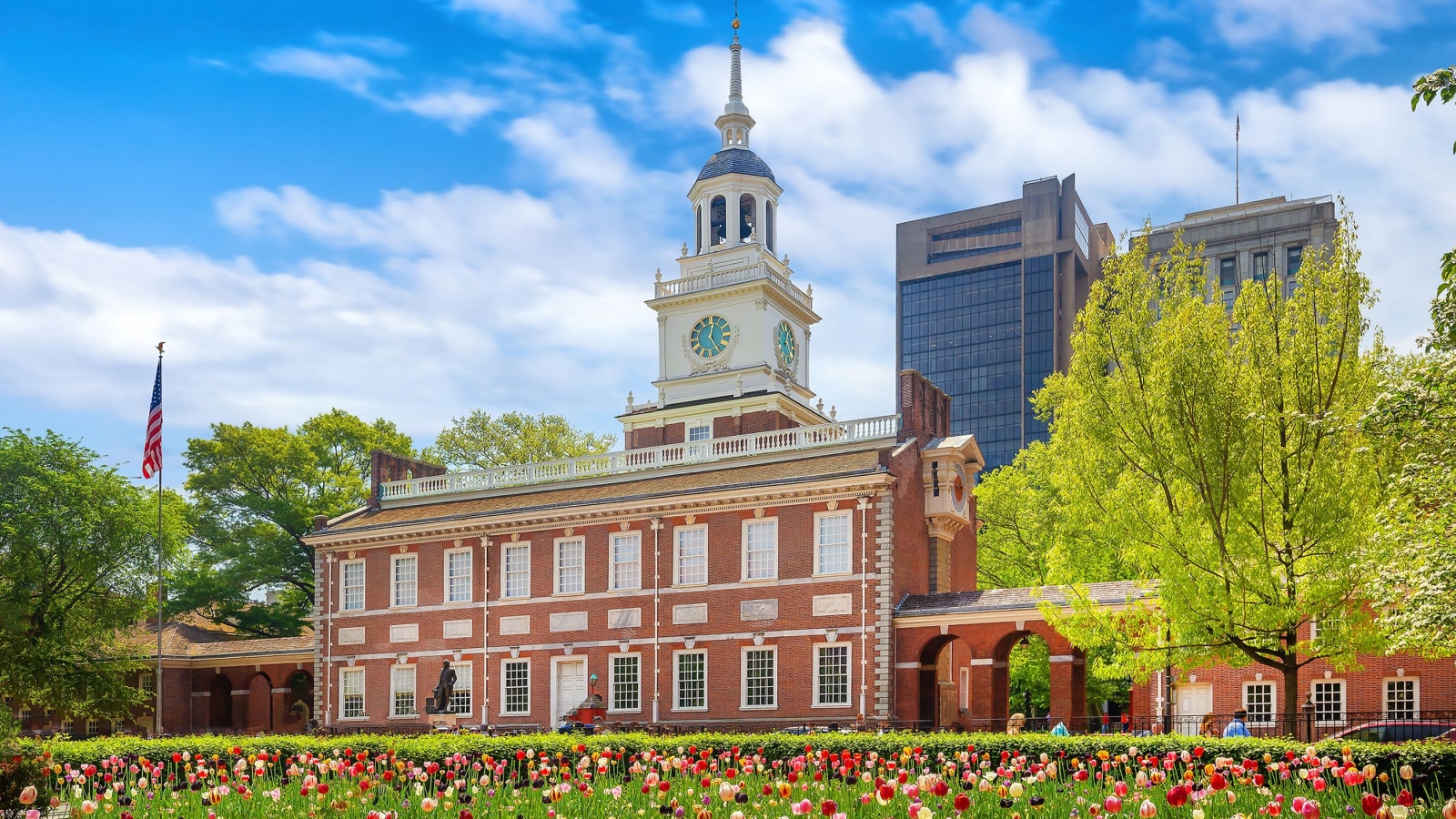
This park in Philadelphia includes Independence Hall, where the Declaration of Independence and the U.S. Constitution were debated and adopted, and the Liberty Bell, a symbol of American freedom.
Rhode Island – Fort Adams
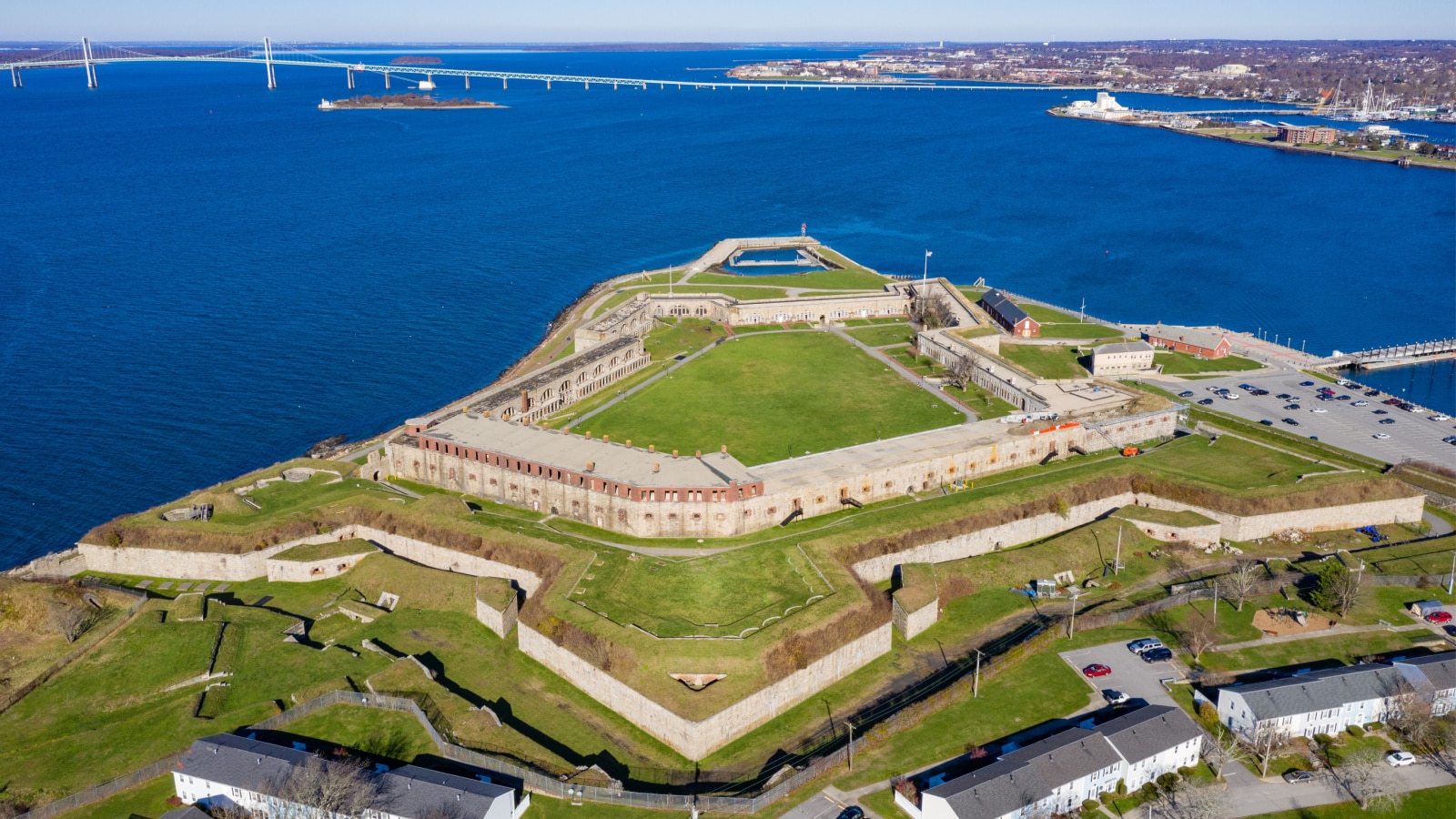
Fort Adams is located in Newport, Rhode Island, and it is known as one of the largest coastal fortifications in the United States. It played a crucial role in the defense of the country during the 19th and early 20th centuries. Today, Fort Adams is a popular historic site and museum.
South Carolina – Fort Sumter National Monument
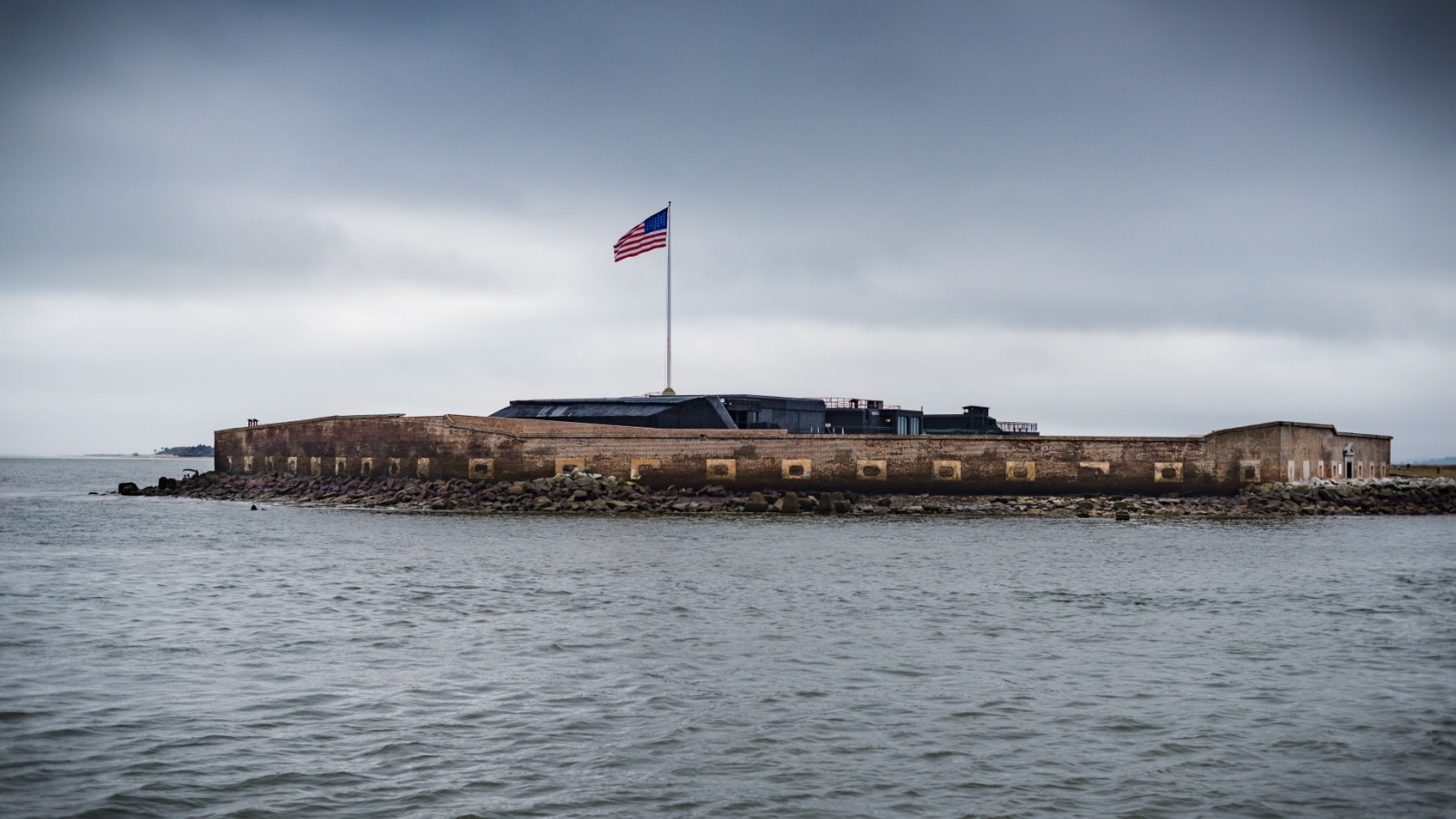
Fort Sumter is famous for being the site of the opening battle of the American Civil War. On April 12, 1861, Confederate forces attacked the fort, which was held by Union troops. This marked the beginning of a four-year conflict. Visitors to Fort Sumter can explore the fort’s ruins and learn about its role in the Civil War. The fort has a museum with exhibits about the conflict, the soldiers who served there, and the history of the fort itself.
South Dakota – Mount Rushmore National Memorial
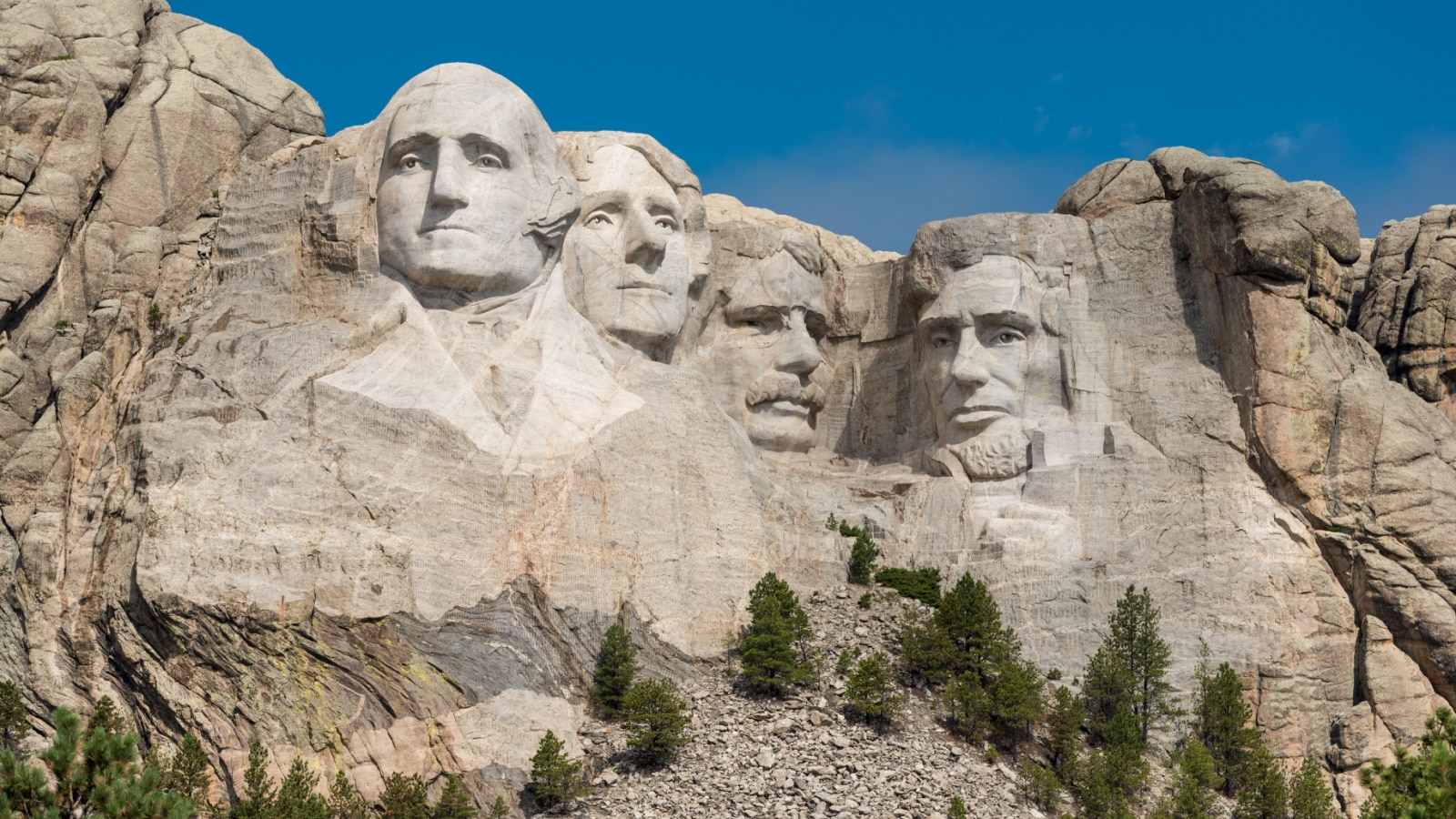
Mount Rushmore features the carved faces of four U.S. Presidents: George Washington, Thomas Jefferson, Theodore Roosevelt, and Abraham Lincoln, symbolizing American leadership and democracy.
Tennessee – Graceland

One of the most historically significant places to visit in Tennessee is the Graceland in Memphis. Graceland was the former home of Elvis Presley, the “King of Rock ‘n’ Roll,” and it is one of the most famous and visited homes in the United States. Visitors can tour the mansion, see Elvis’s grave, and explore the Elvis Presley Car Museum, which showcases his collection of automobiles. The cultural impact of Elvis Presley and his contribution to music history make Graceland a must-visit for history and music enthusiasts.
Texas – The Alamo
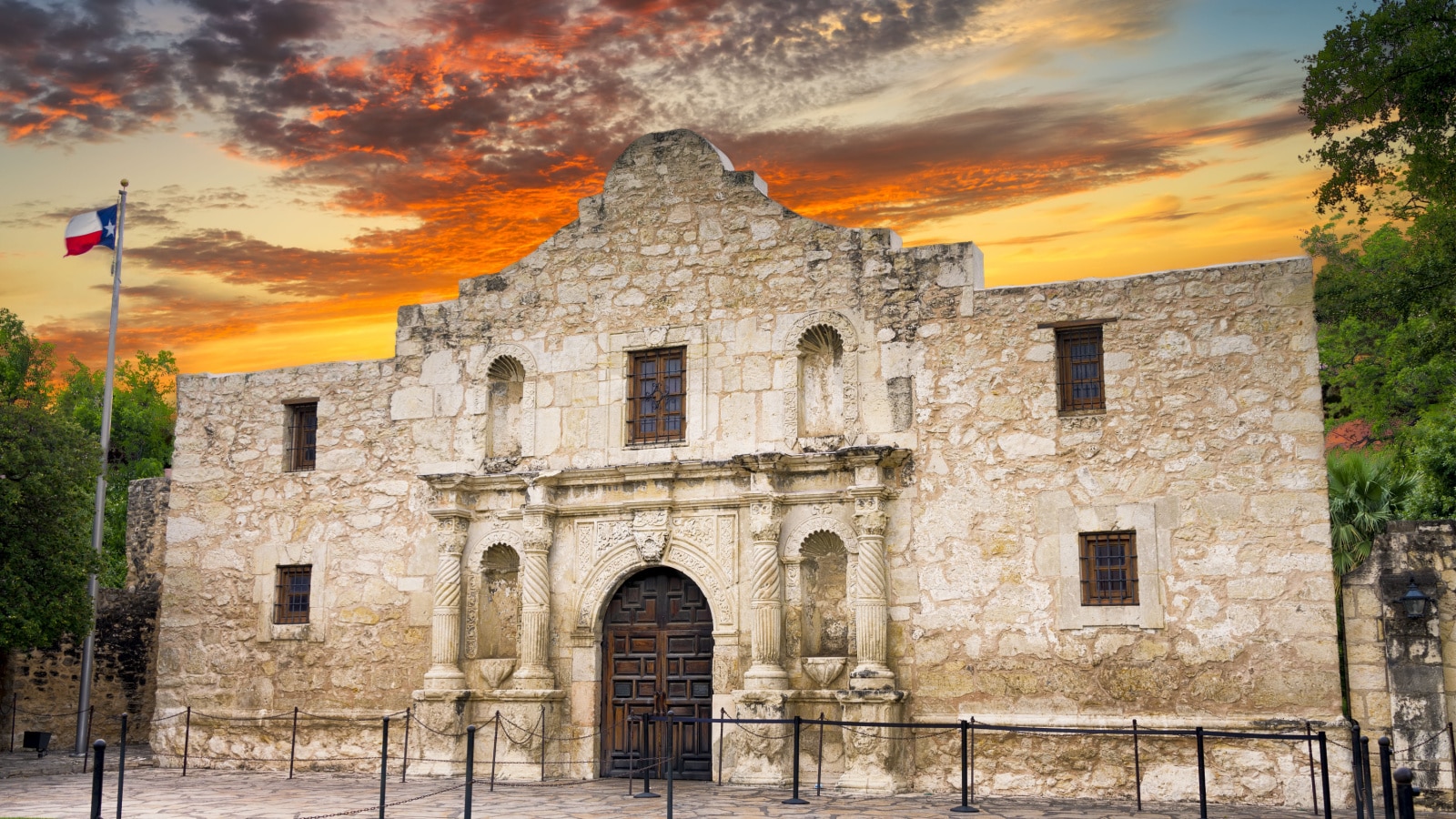
The most famous event associated with the Alamo occurred in 1836 when a group of Texan defenders, including figures like Davy Crockett and Jim Bowie, held the fort against a much larger Mexican army led by General Antonio López de Santa Anna. The Texan defenders put up a valiant but ultimately unsuccessful fight, and the Battle of the Alamo ended with the Mexican army’s victory. However, this battle became a symbol of Texas resistance and inspired other Texans to continue the fight for independence. “Remember the Alamo” became a rallying cry for the Texan forces.
Utah – Temple Square

One of the most historically significant places to visit in Utah is Temple Square in Salt Lake City. Temple Square is the spiritual and administrative center of The Church of Jesus Christ of Latter-day Saints (LDS Church), also known as the Mormon Church. It holds immense historical and cultural importance, as the LDS Church played a pivotal role in the settlement and development of Utah.
Vermont – Bennington Battlefield Historic Site
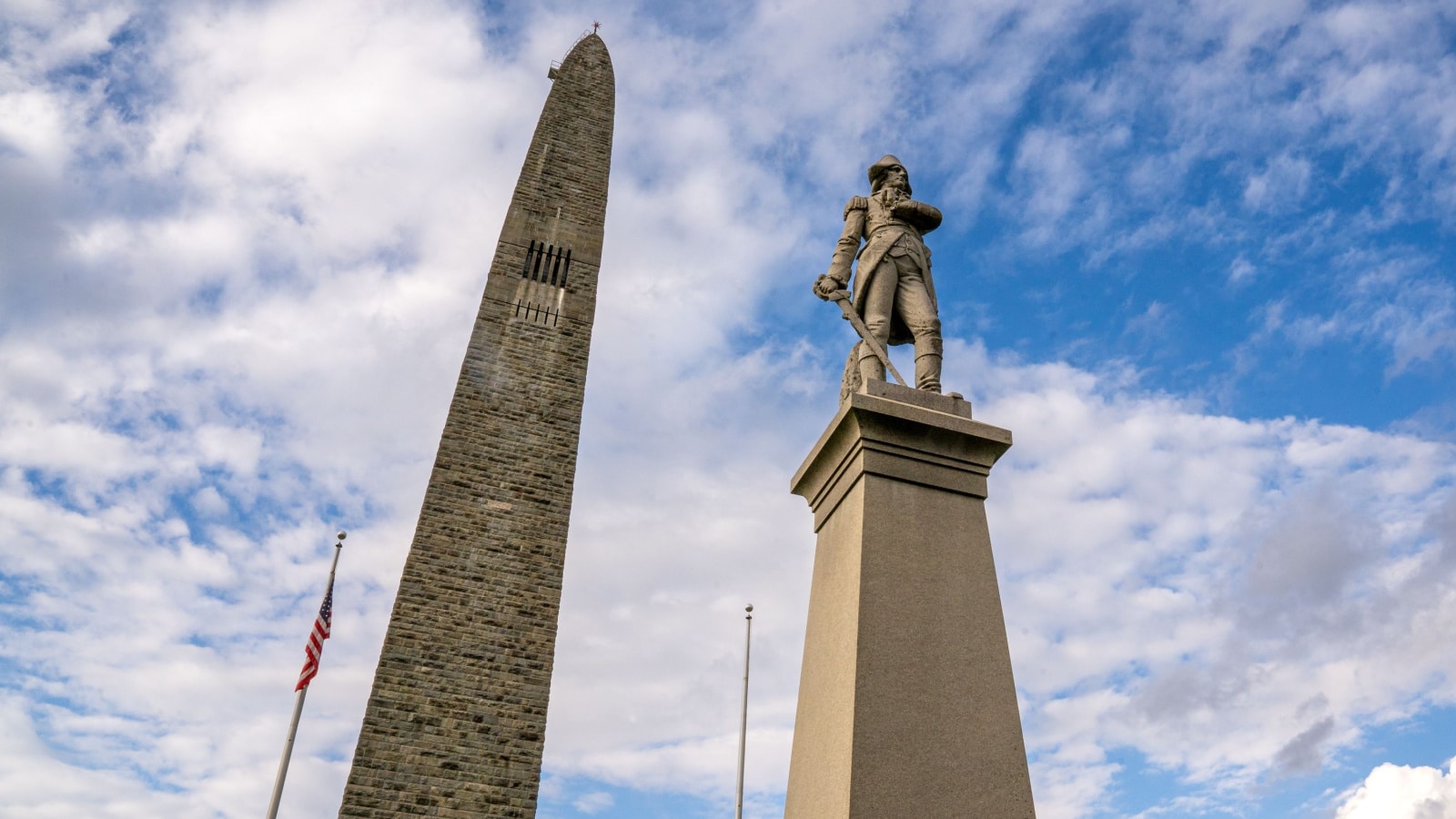
The Bennington Battlefield Historic Site is a significant historical location in Vermont, commemorating the Battle of Bennington, which took place during the American Revolutionary War. The Battle of Bennington occurred on August 16, 1777, and it was a pivotal event in the Saratoga campaign of the American Revolution. American forces, primarily composed of local militiamen and Continental Army units, clashed with British and Hessian troops in the vicinity of Bennington, Vermont. The American victory at this battle was a crucial turning point in the war, boosting American morale and weakening the British position in the region.
Virginia – Historic Jamestowne
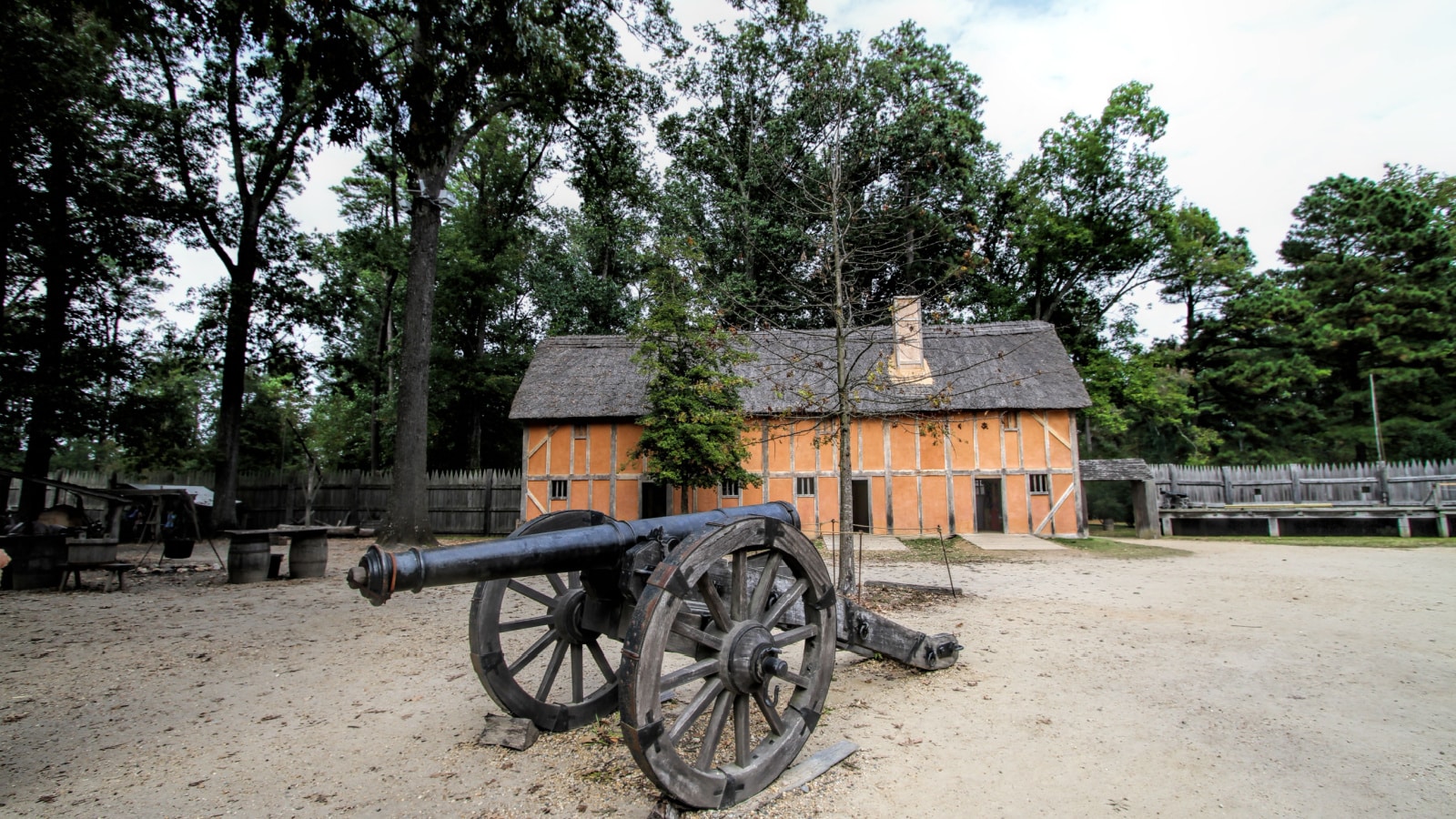
One of the most historically significant places to visit in Virginia is Jamestown, the site of the first permanent English settlement in North America. Jamestown, founded in 1607, played a crucial role in the early history of the United States. Visitors can explore Historic Jamestowne, where archaeologists continue to uncover artifacts from the 17th century, and Jamestown Settlement, a living history museum that recreates life in the 17th century.
Washington – Fort Vancouver National Historic Site
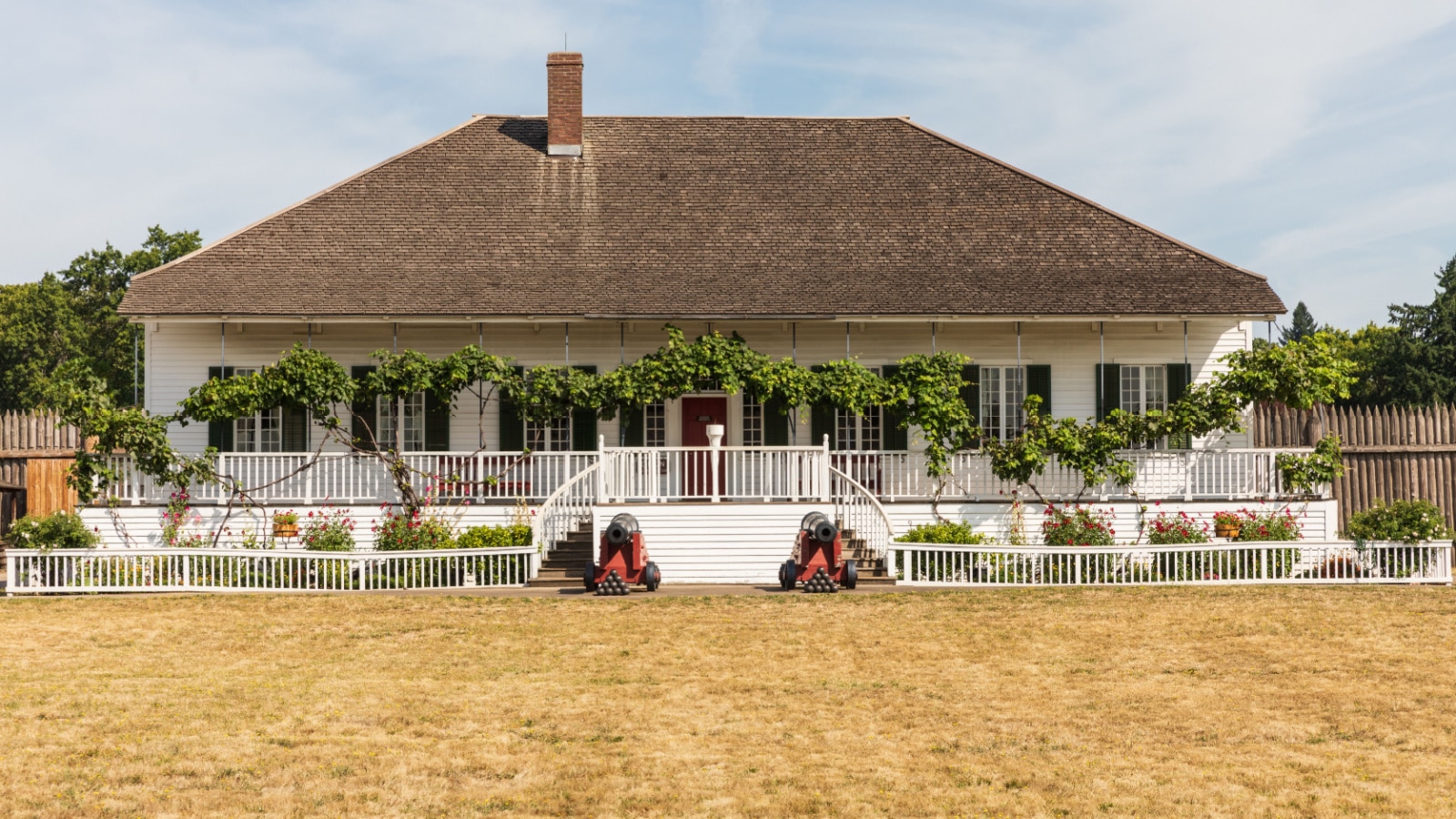
One of the most historically significant places to visit in Washington state is Fort Vancouver National Historic Site. This site, located in Vancouver, Washington, has a rich history dating back to the 19th century. It was a key center for the Hudson’s Bay Company’s fur trading operations and played a pivotal role in the exploration and settlement of the Pacific Northwest. Visitors can explore the reconstructed fort, watch historical reenactments, and learn about the area’s cultural and economic history.
West Virginia – Harpers Ferry National Historical Park
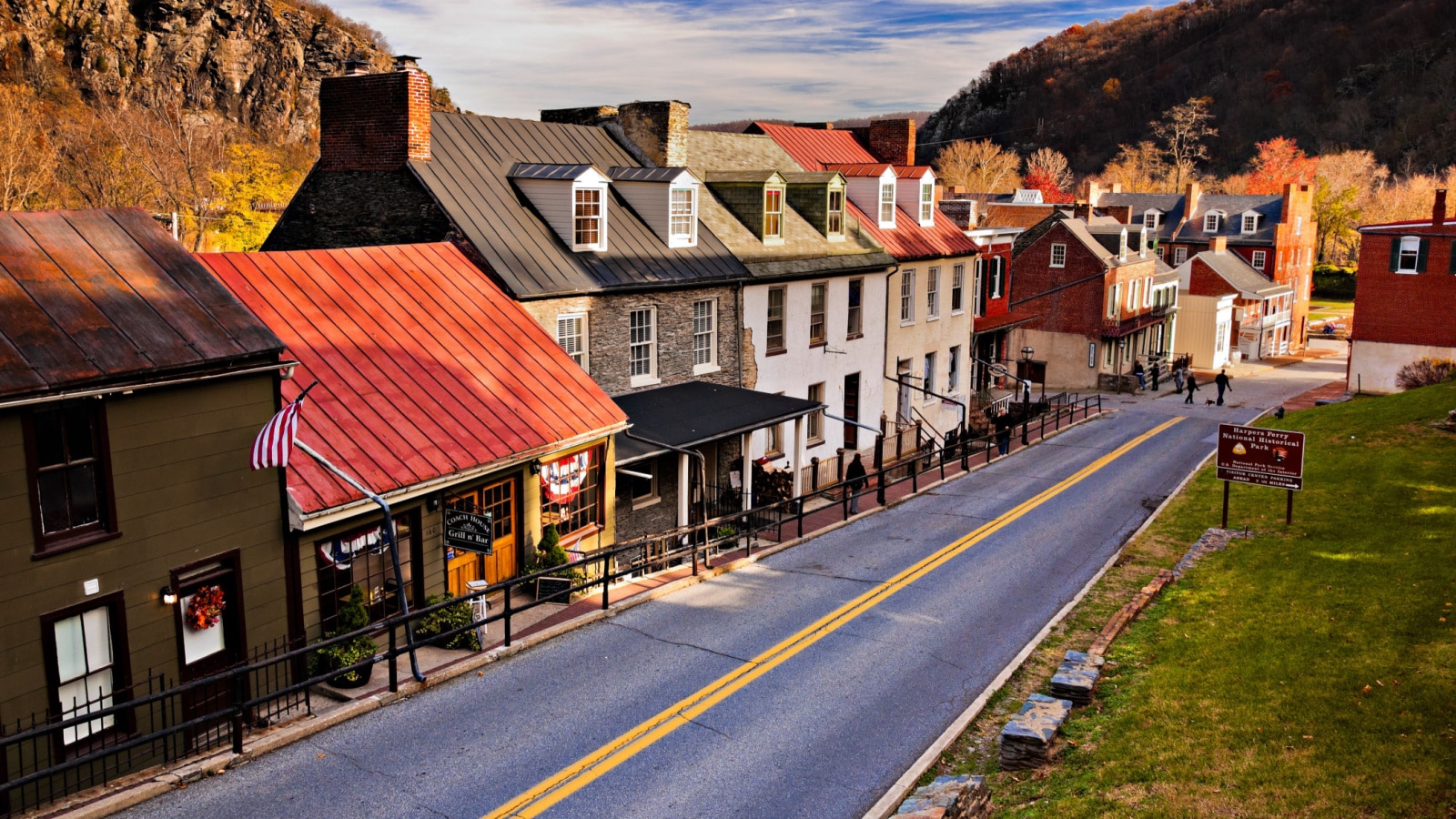
Harpers Ferry is known for its role in the American Civil War and the famous raid by abolitionist John Brown. It’s located at the confluence of the Potomac and Shenandoah rivers.
Wisconsin – Pabst Mansion

One of the most historically significant places to visit in Wisconsin is the Pabst Mansion in Milwaukee. This stunning mansion was once the home of Captain Frederick Pabst, a prominent beer baron in the late 19th century. The mansion offers a glimpse into the Gilded Age and the brewing industry’s history in Milwaukee. You can take guided tours to learn about the Pabst family’s life and the architectural marvel of the mansion.
Wyoming – Fort Laramie National Historic Site
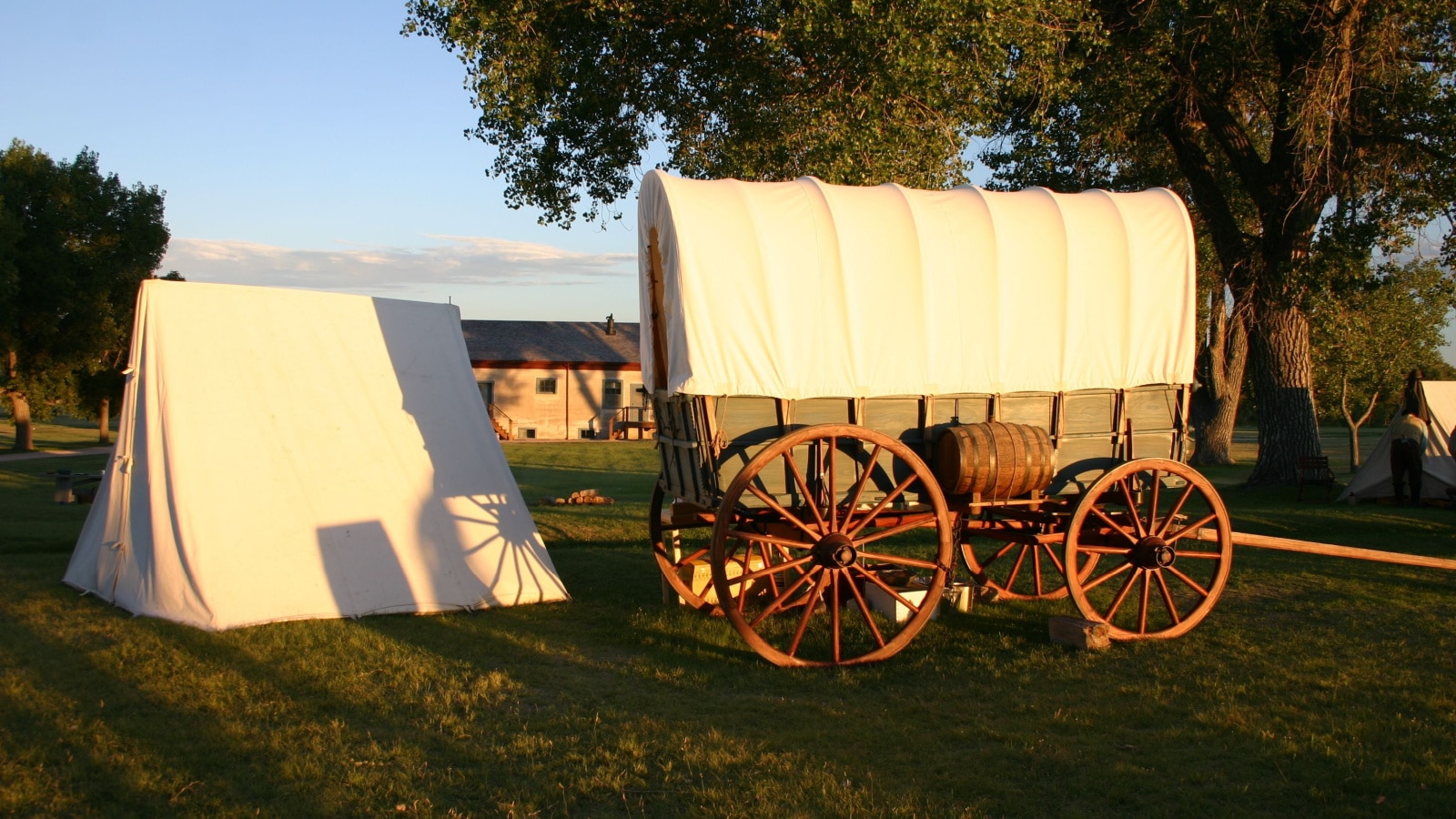
Fort Laramie was a vital military and commercial outpost during the westward expansion in the 19th century, serving as a key point on the Oregon Trail.
The Most Beautiful Natural Attractions to See in Each of the 50 U.S. States

From towering mountains and pristine lakes to rugged coastlines and mysterious caves, these awe-inspiring destinations beckon adventurers, nature enthusiasts, and wanderers alike. In this article, we’re uncovering the prettiest natural attractions that define America’s diverse and stunning landscape in all 50 U.S. States.
Read more: The Most Beautiful Natural Attractions to See in Each of the 50 U.S. States
10 Forgotten Tourist Spots in the United States Worth Exploring
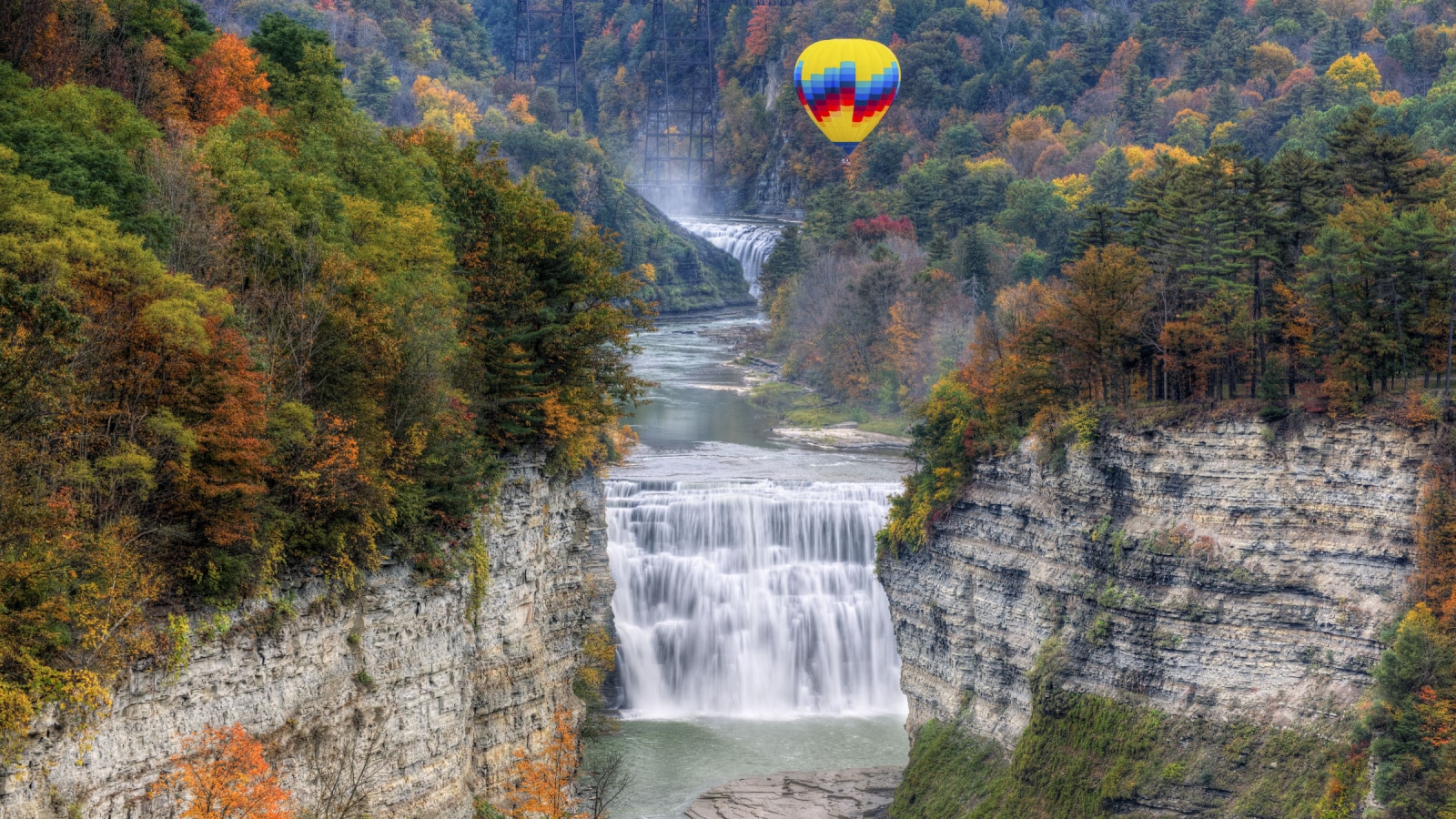
Tired of the usual tourist spots in the US? Want to uncover some amazing hidden gems? Well, you’re in luck! We’ve got the inside scoop on secret destinations straight from fellow Americans. Get ready to discover breathtaking state parks, picturesque drives, and more. This list has something for everyone. So grab your bags because it’s time to embark on an extraordinary adventure off the beaten path!
Read more: 10 Forgotten Tourist Spots in the United States Worth Exploring
Top 10 States Voted as the Most Boring to Visit in the U.S. by Americans
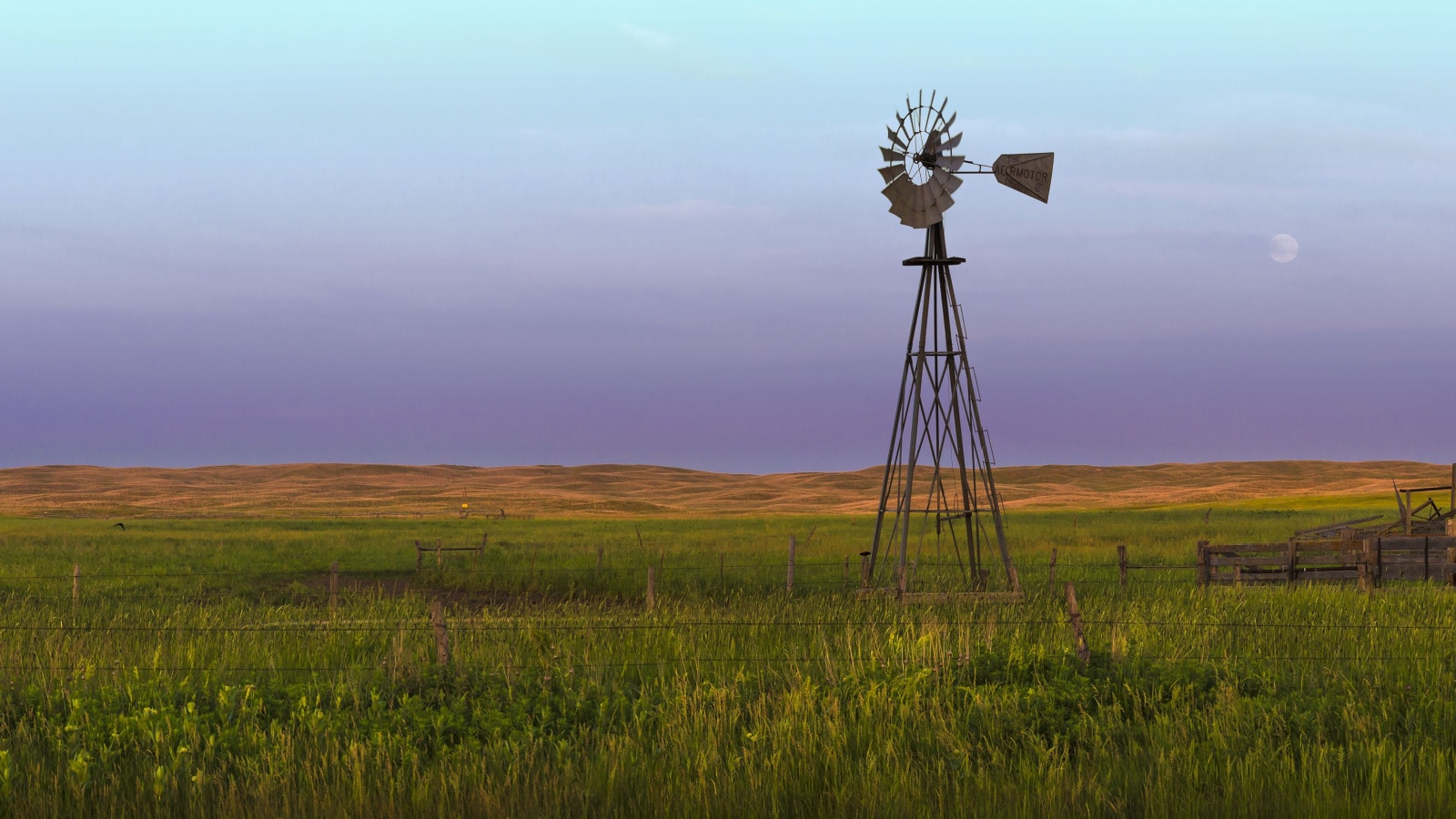
Each of the 50 different and distinct United States states has particular attractions and features. But not every state is created equal, and some may be regarded as less intriguing or engaging than others. On an online platform, Americans recently shared their experiences of visiting the most unattractive and boring states. Let’s find out the states.
Read more: Top 10 States Voted as the Most Boring to Visit in the U.S. by Americans
The Best 11 States in the United States as Rated by American Residents
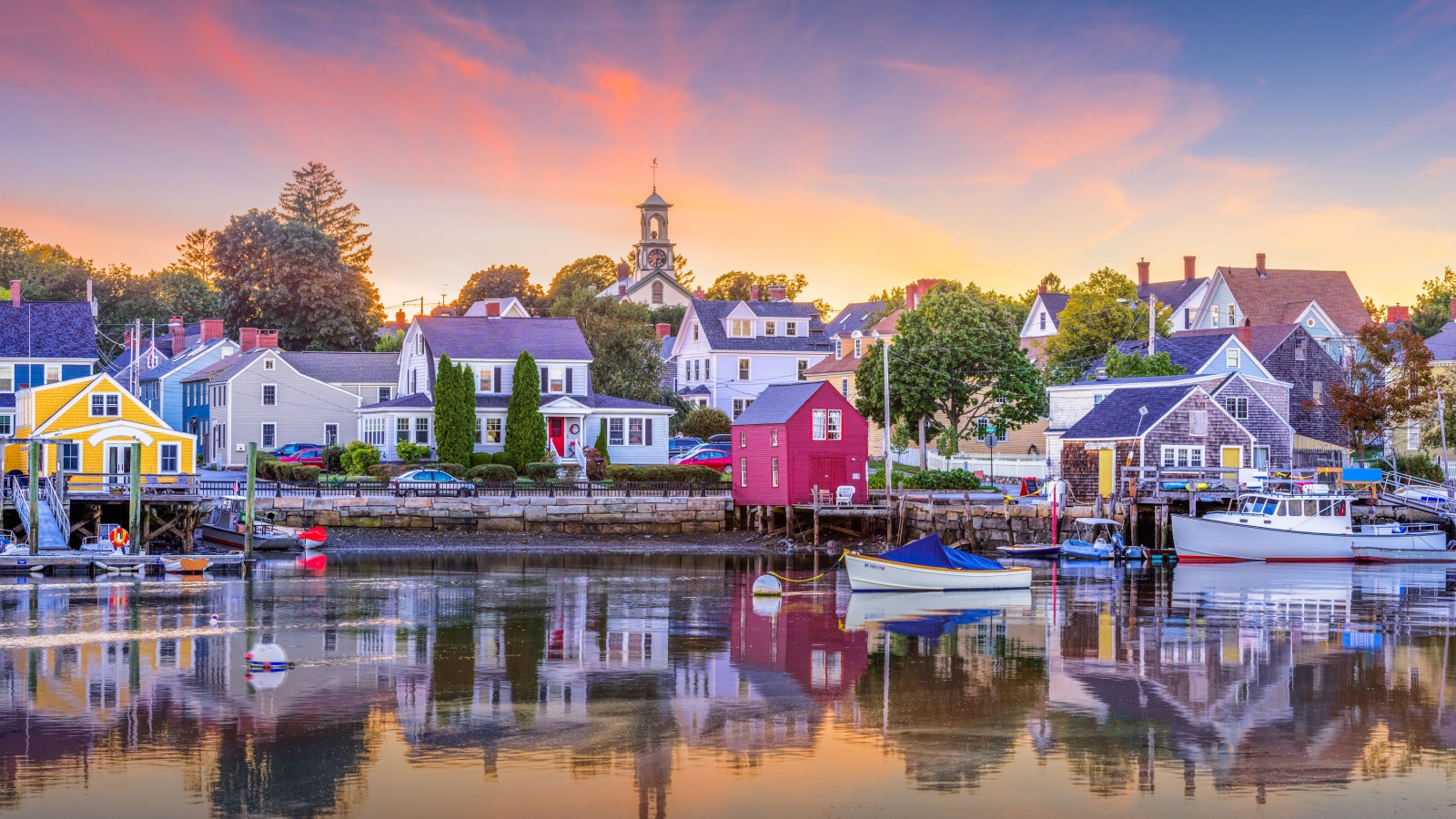
Some states are known for their natural beauty, while others boast bustling cities and a thriving economy. However, which state is truly the best? On an online platform, many travelers and locals shared their views. Let’s see what’s their best state and why!
Read more: The Best 11 States in the United States as Rated by American Residents
Washington State Road Trip Itinerary for 1st-Time Visitors/Beginner Hikers

There are SO many cool things to see and do in Washington – it’s amazing! You can hike a mountain with snow, walk through a rainforest, and lounge on an oceanside beach all on the same day.
Read more: Washington State Road Trip Itinerary for 1st-Time Visitors/Beginner Hikers





